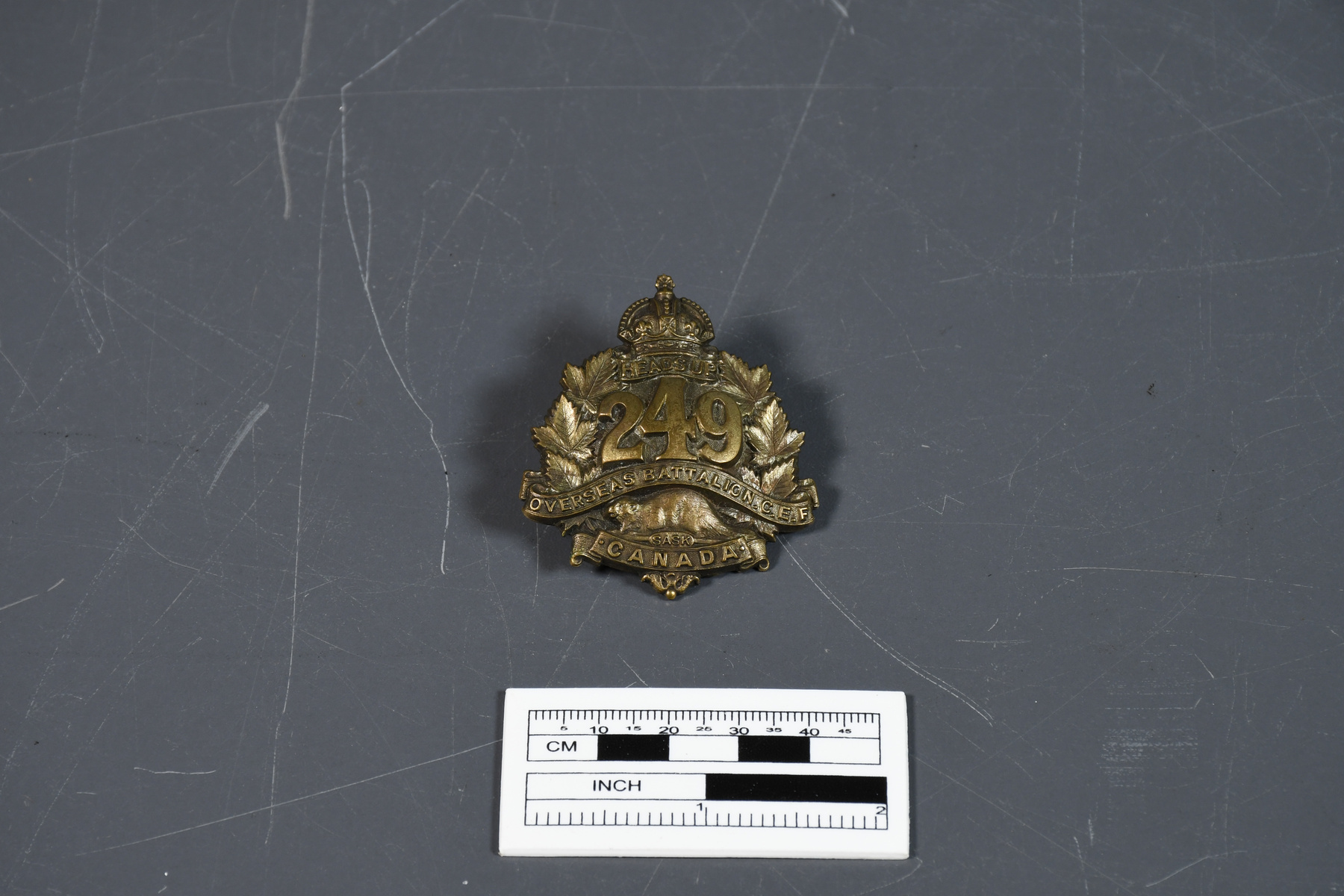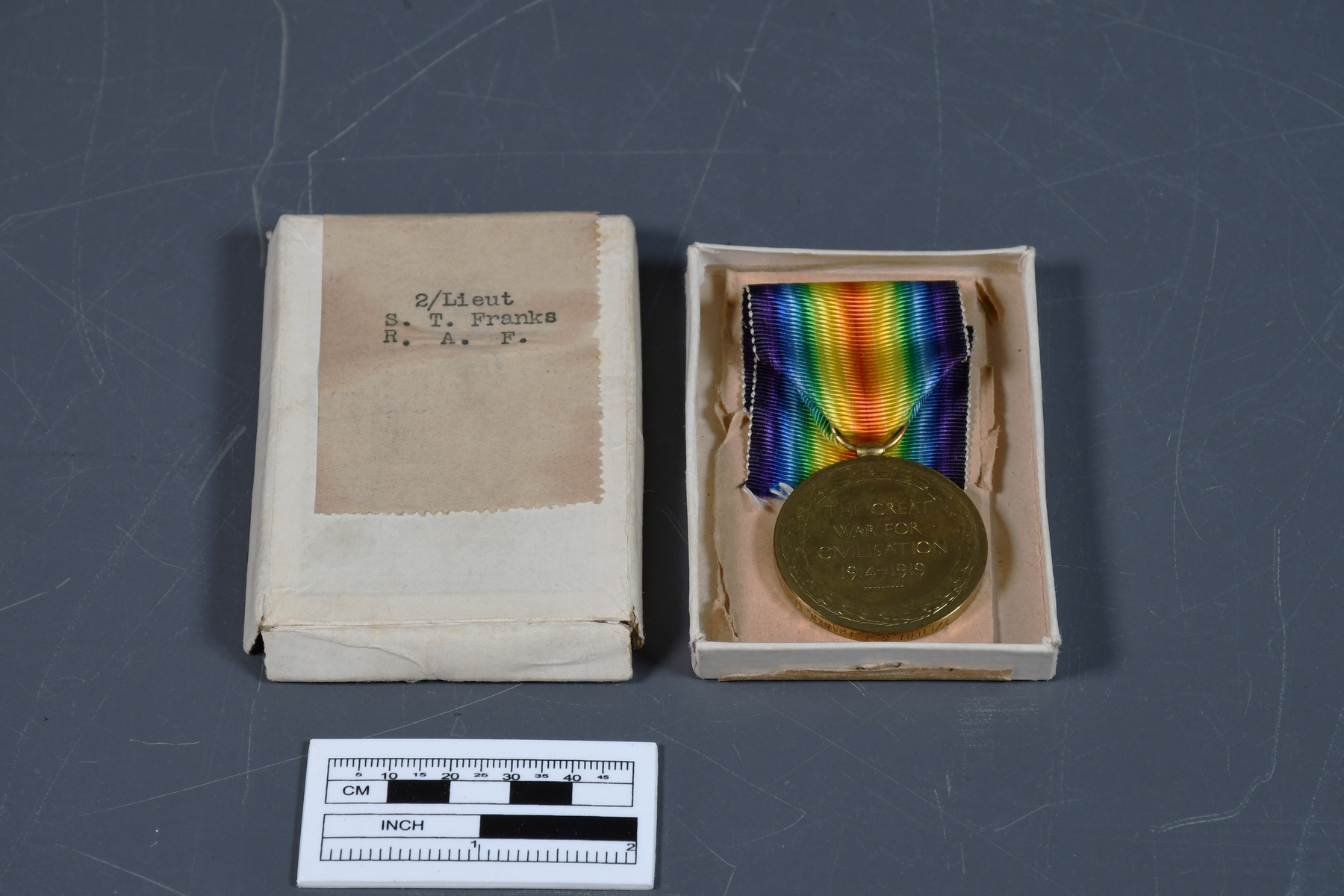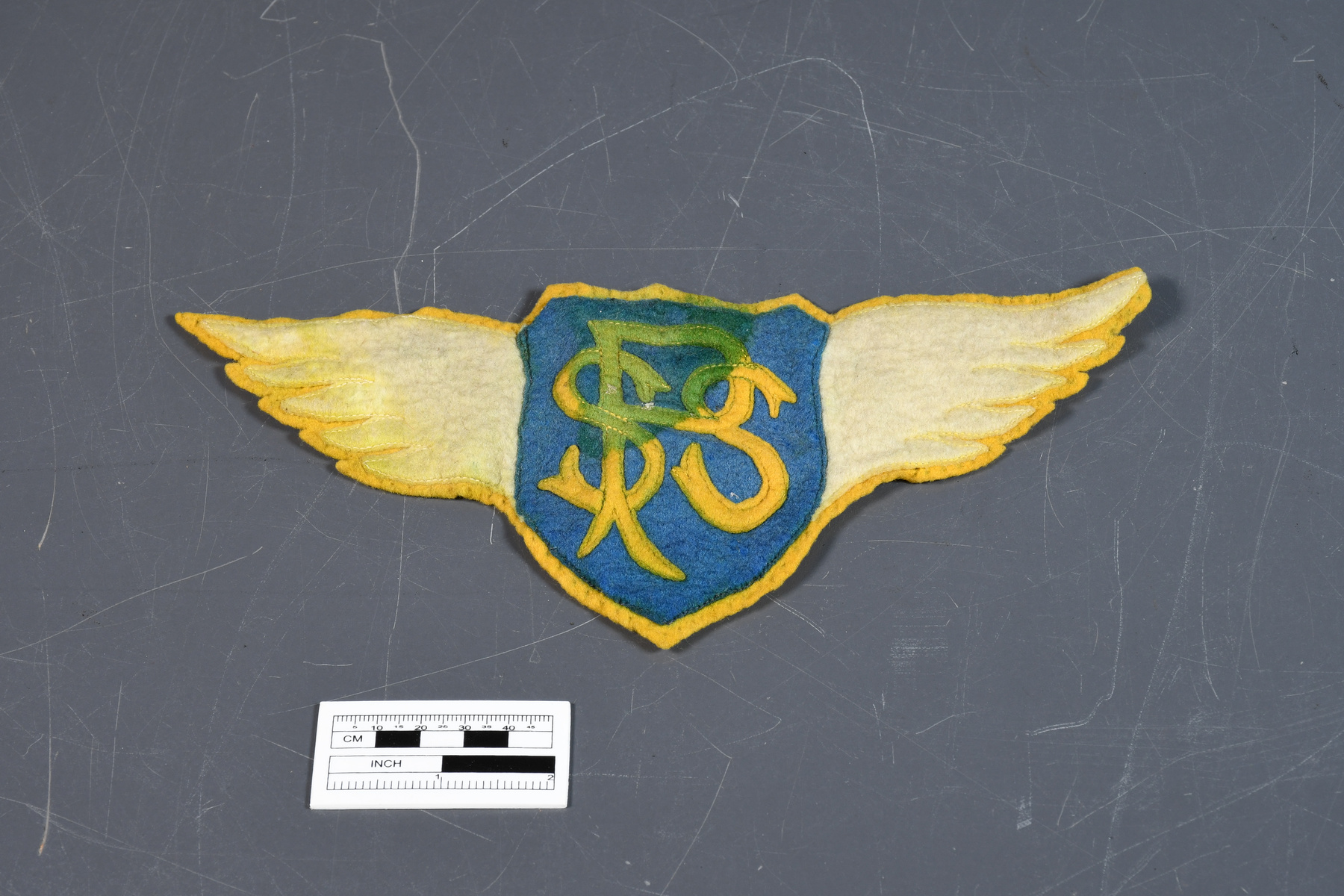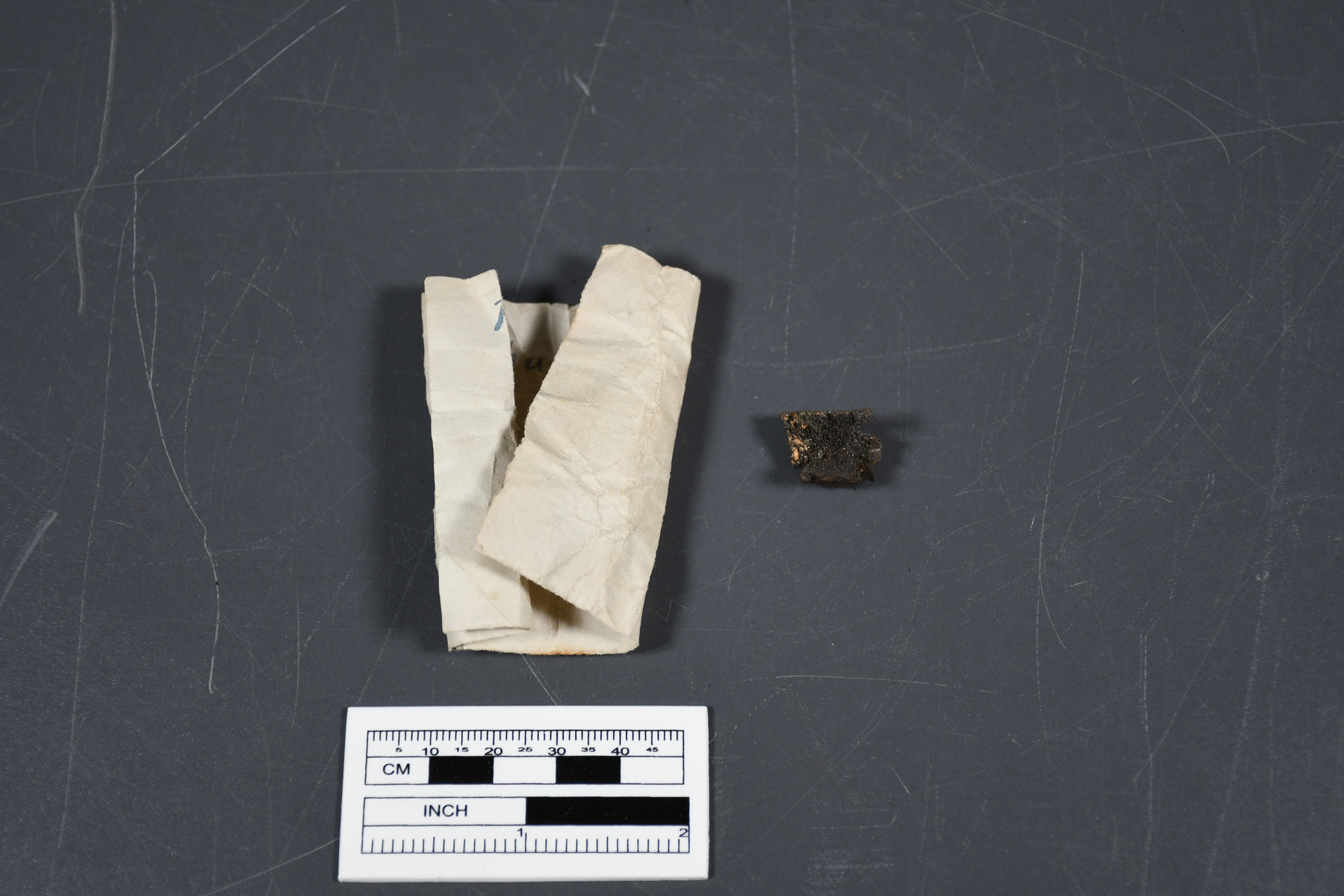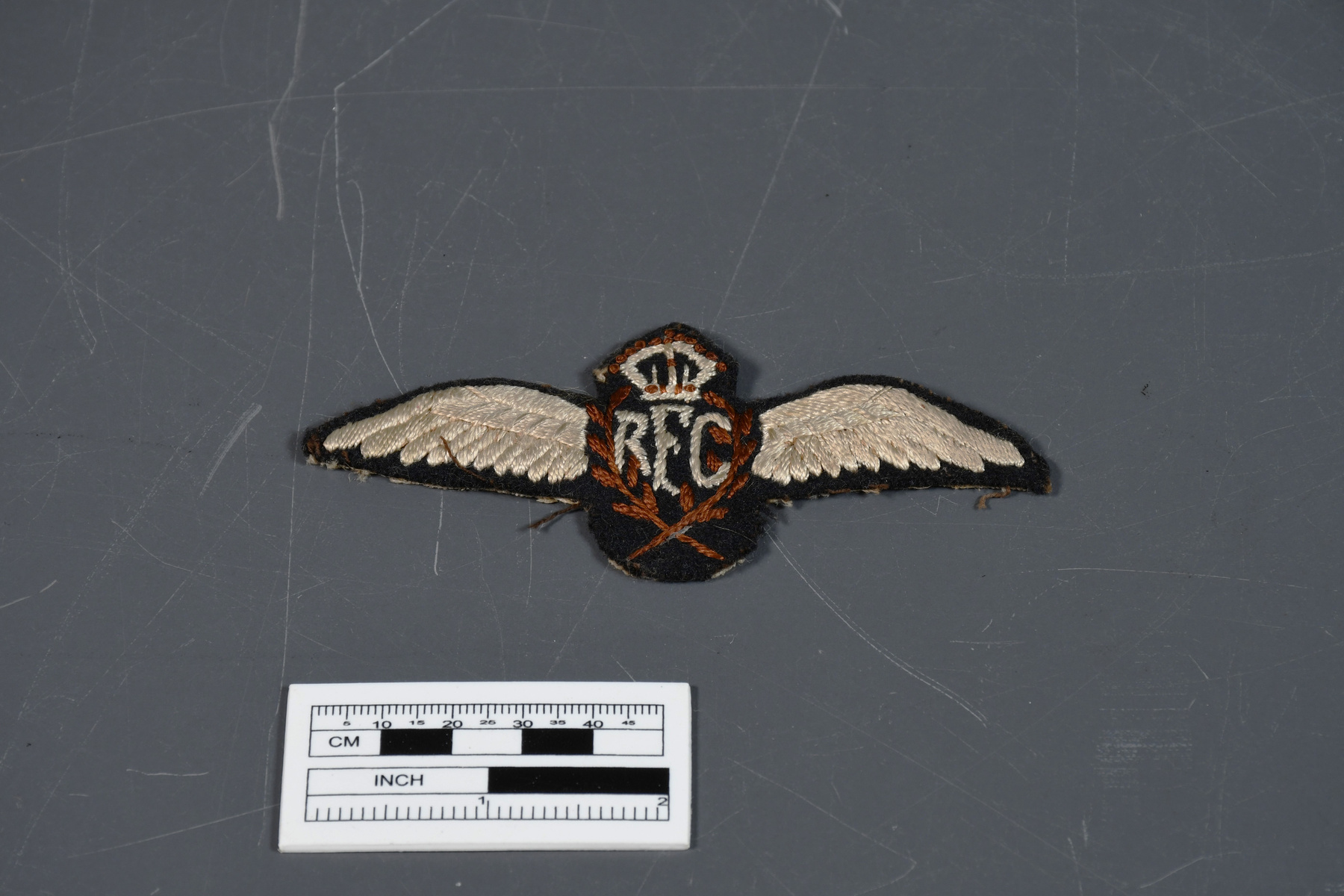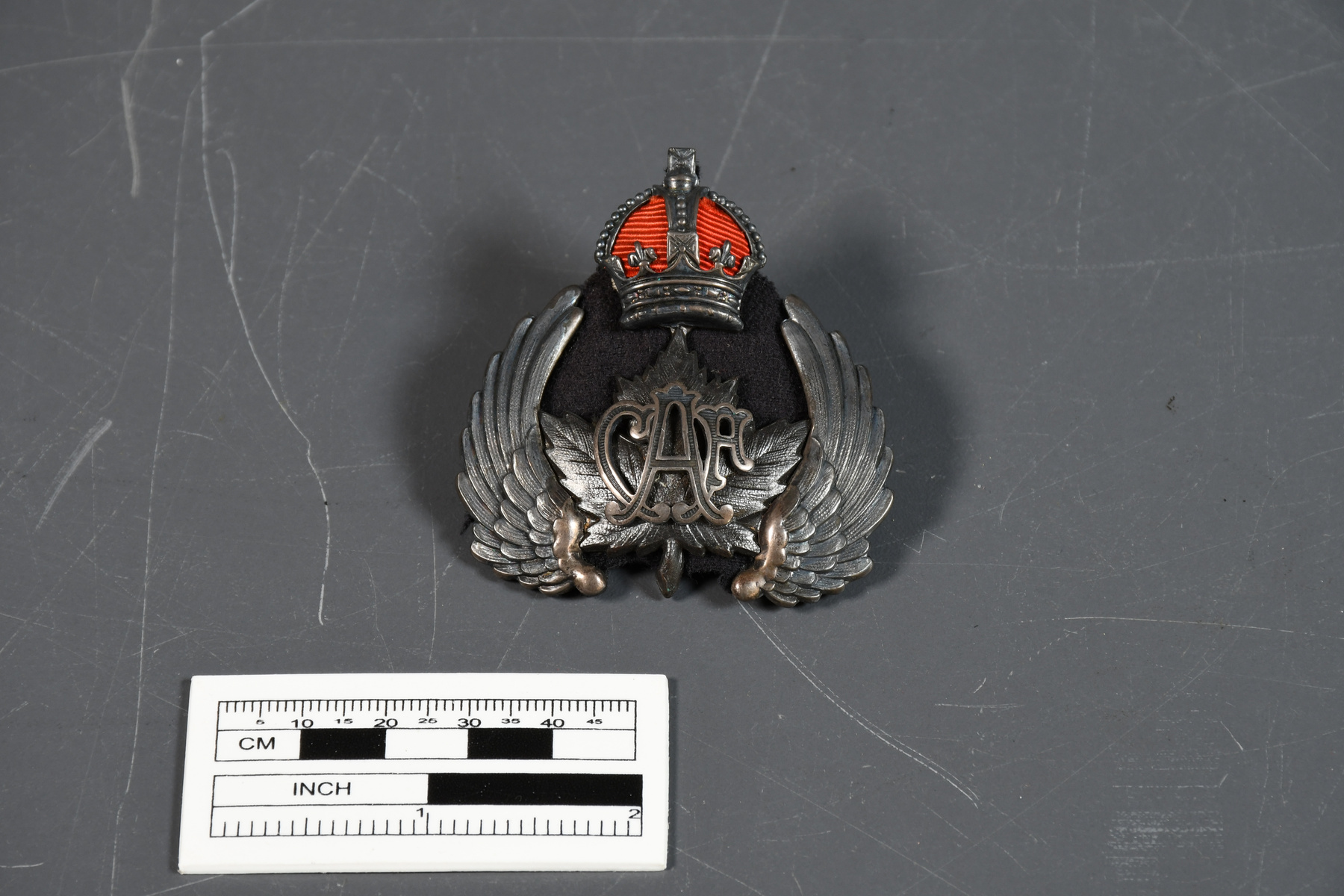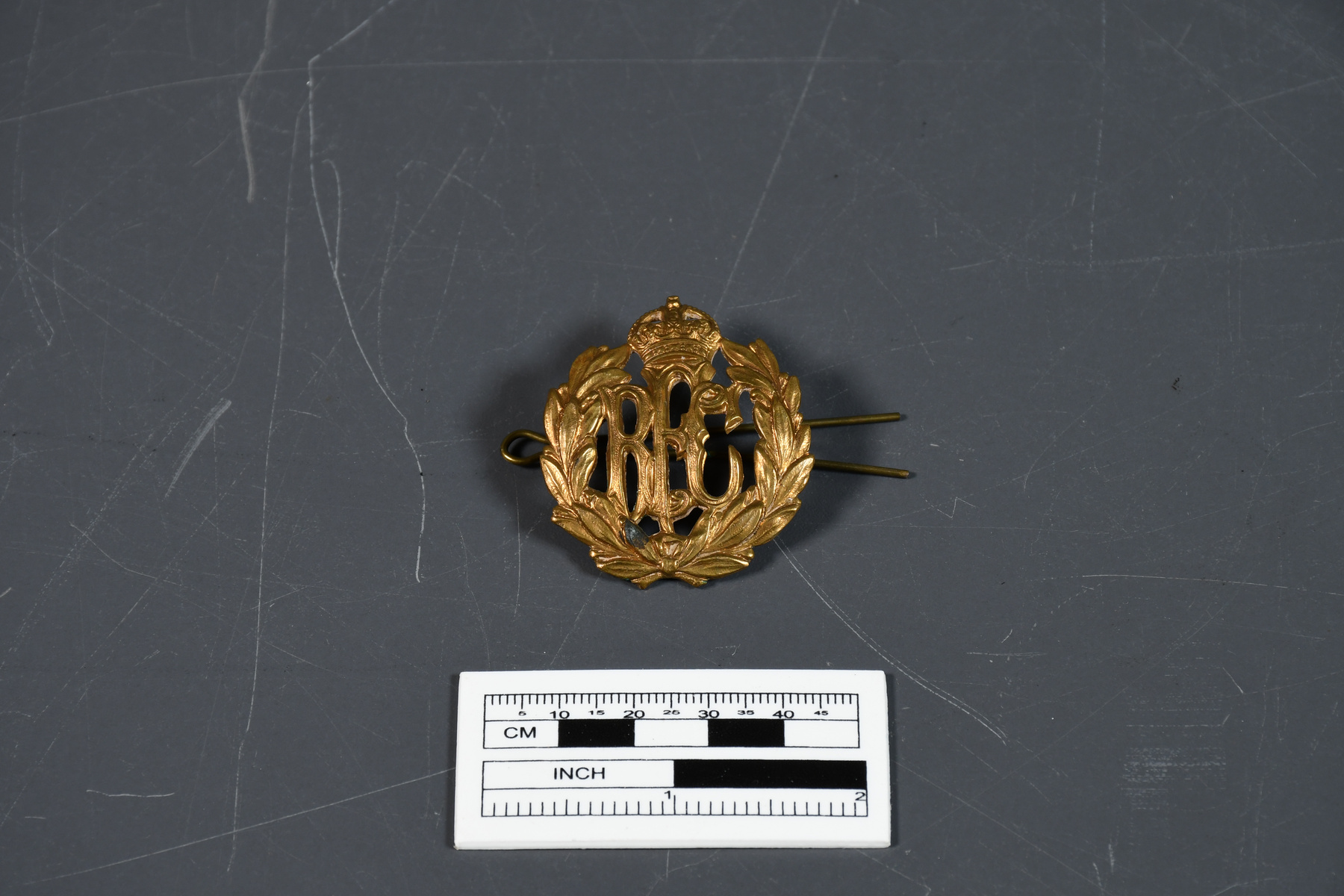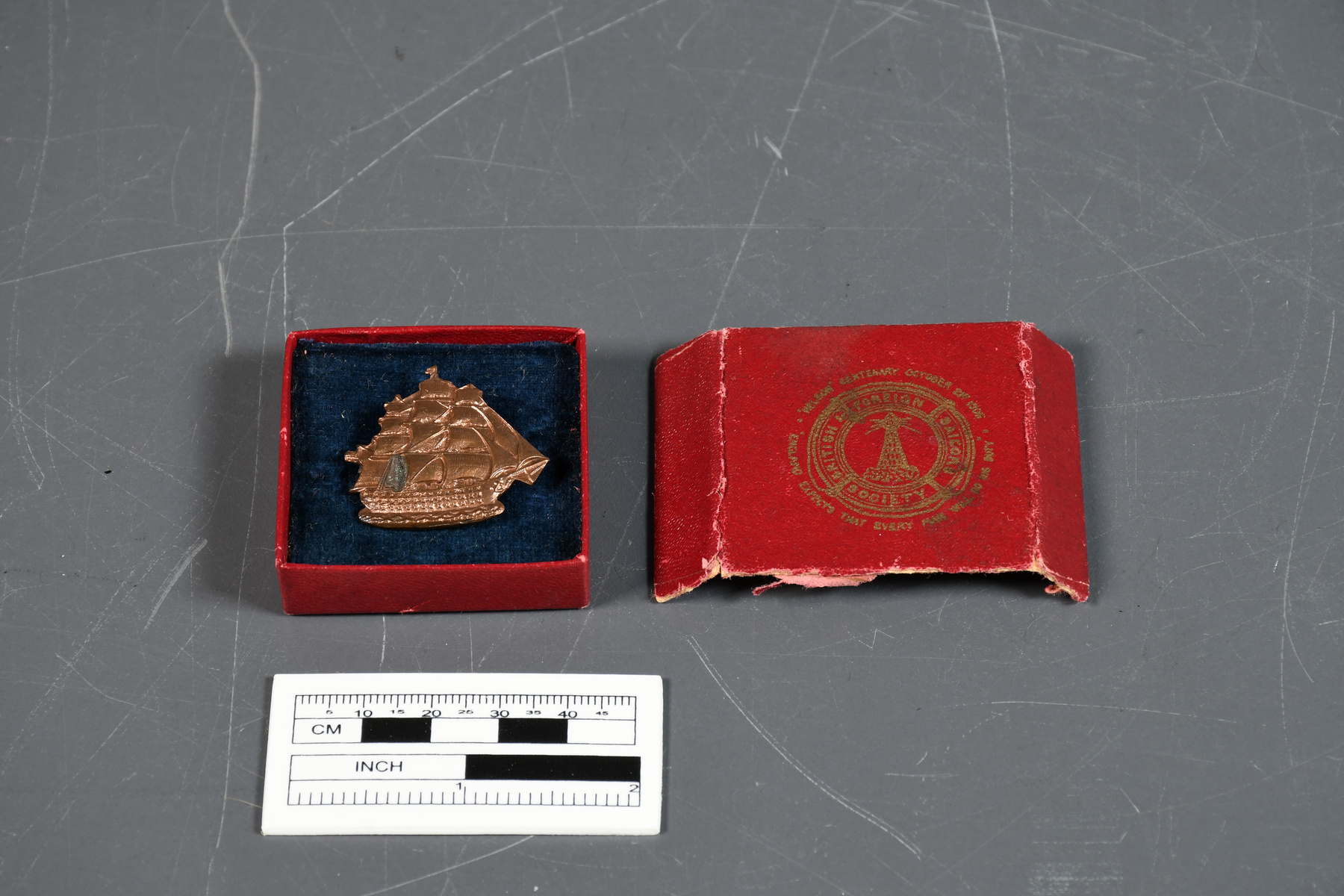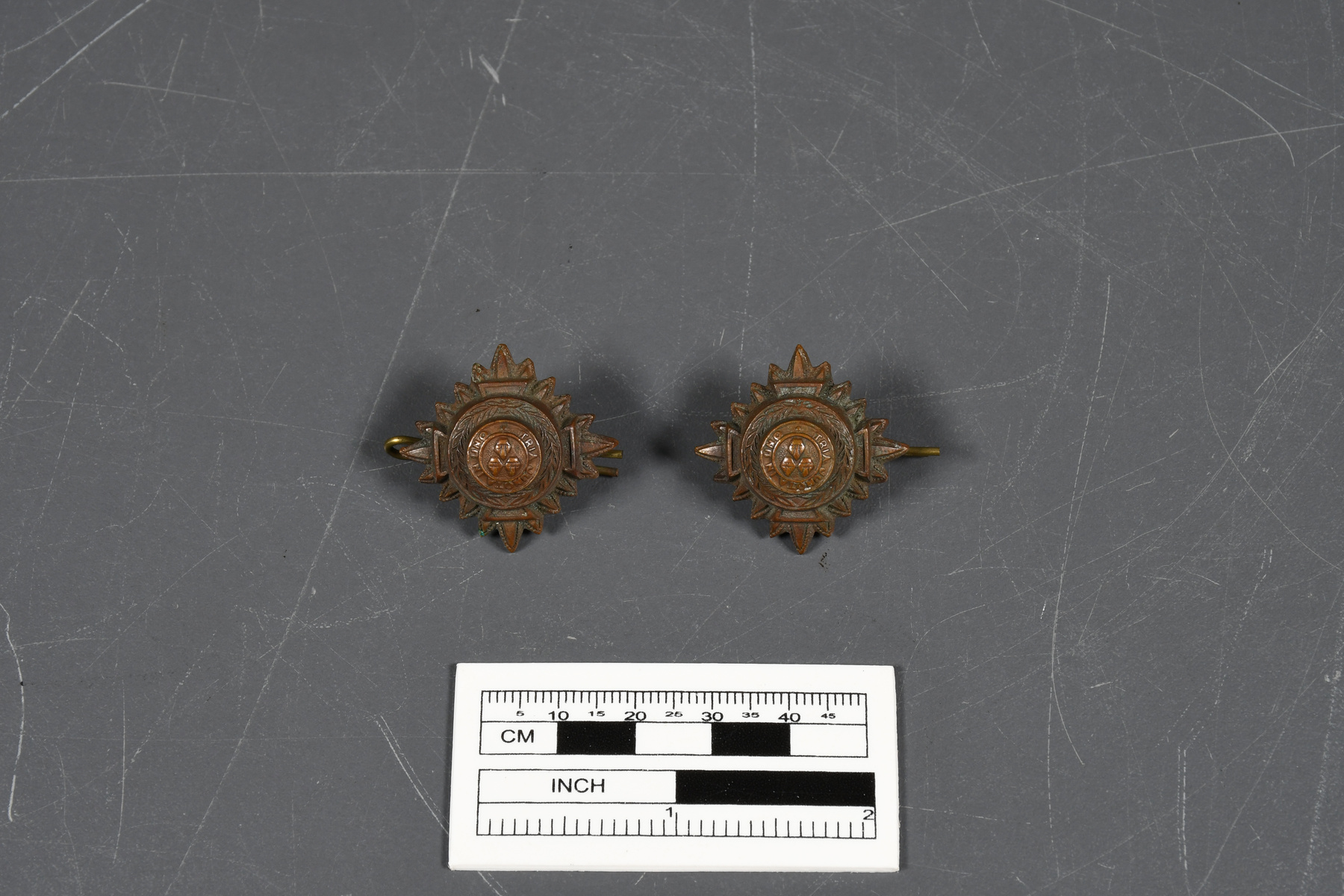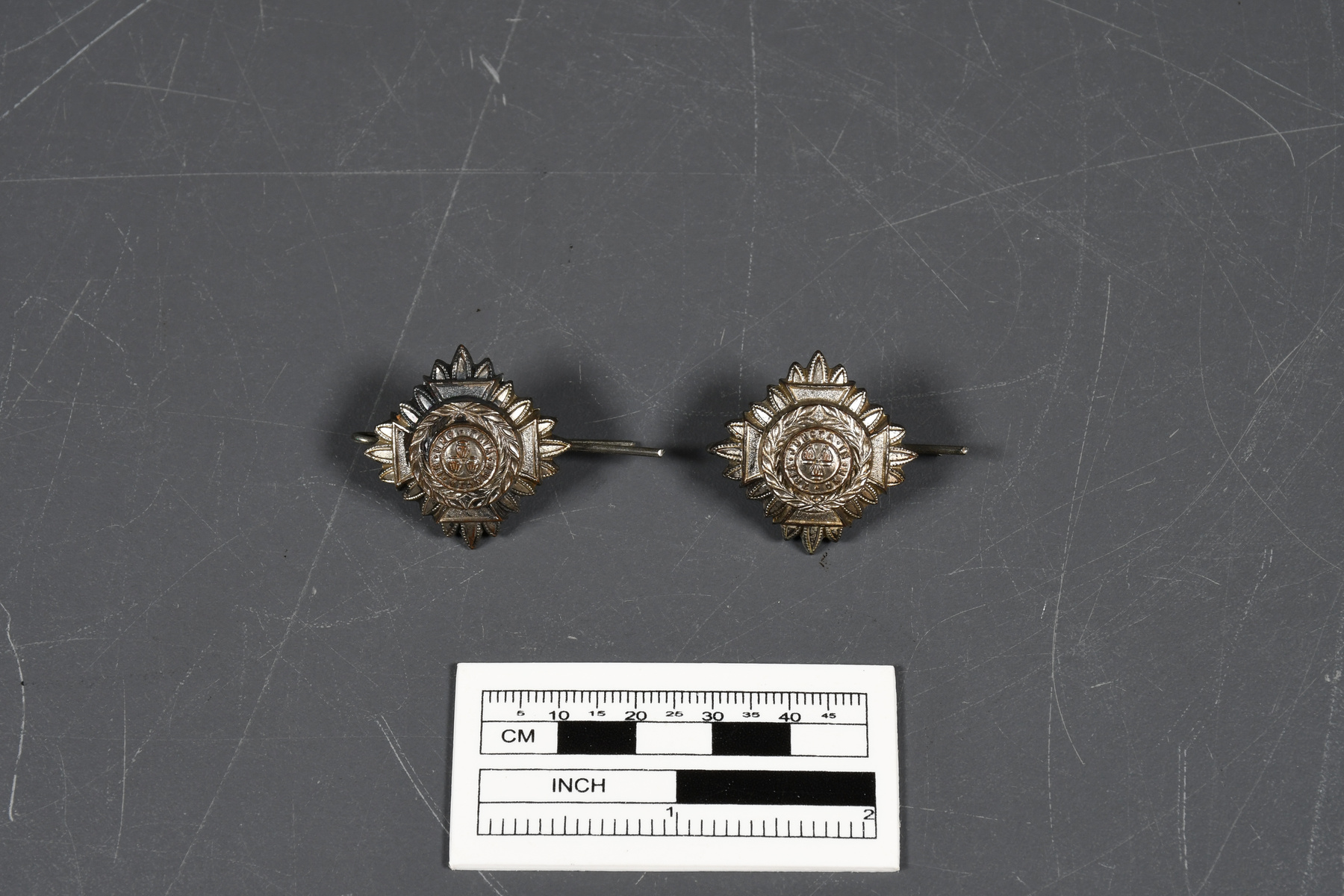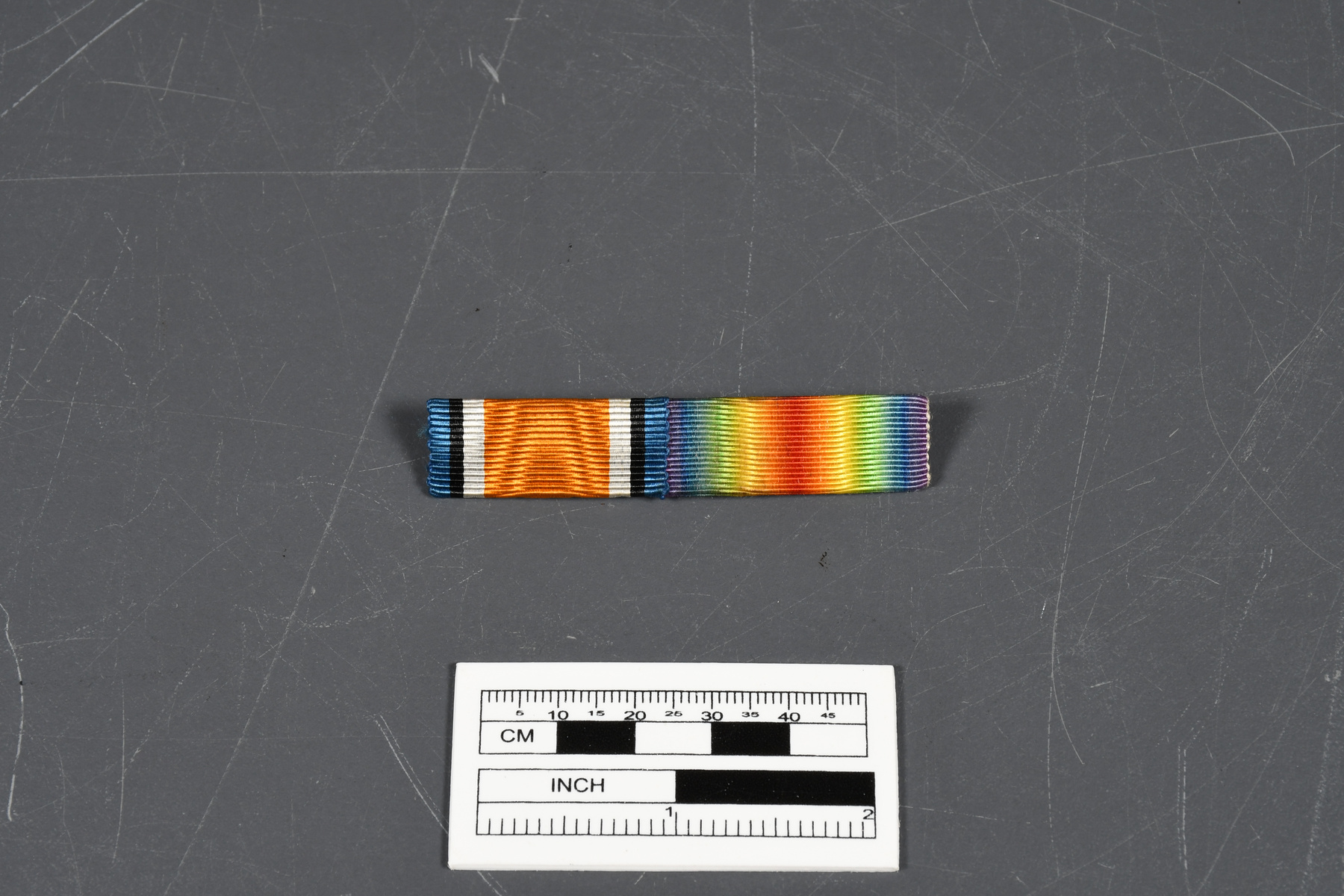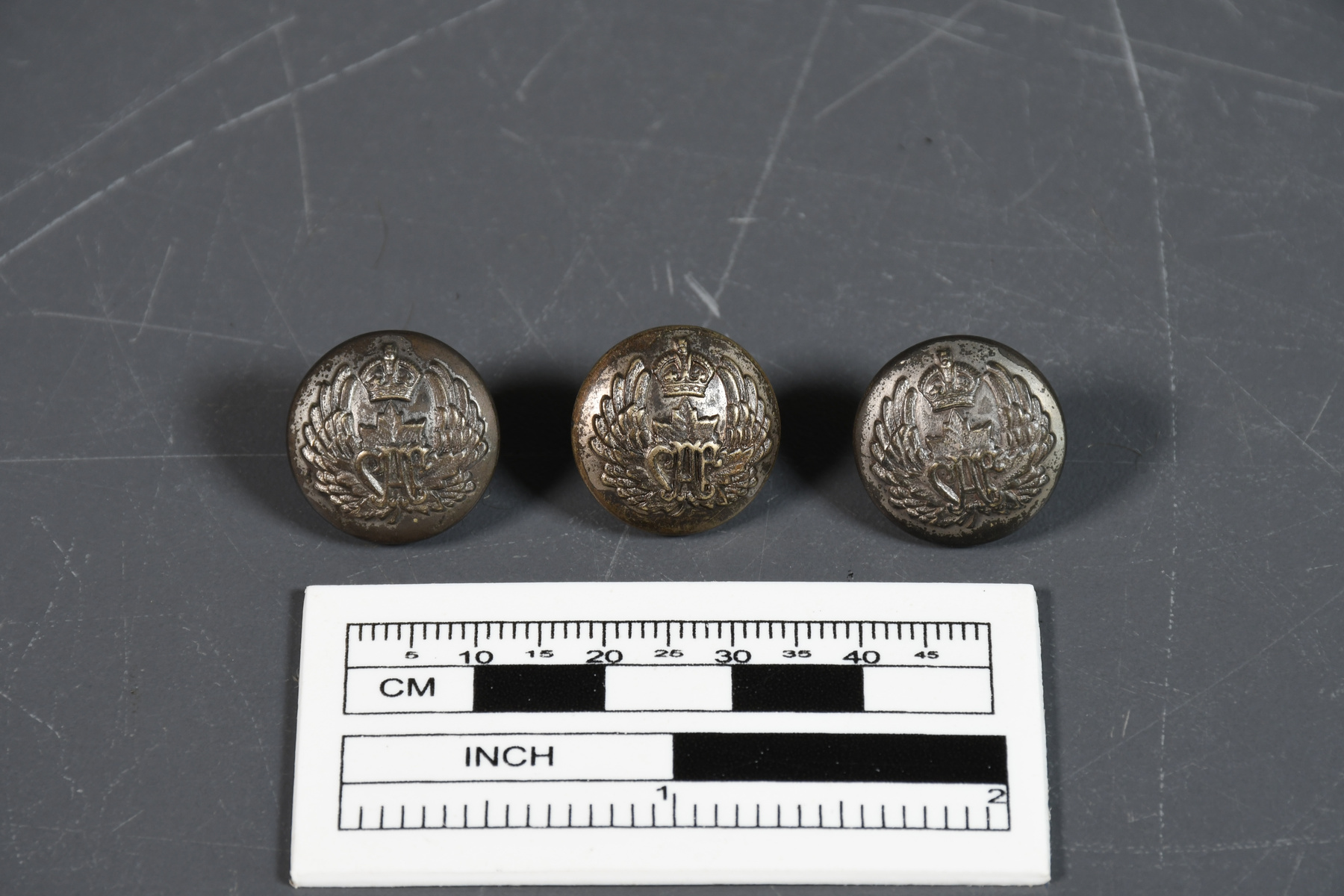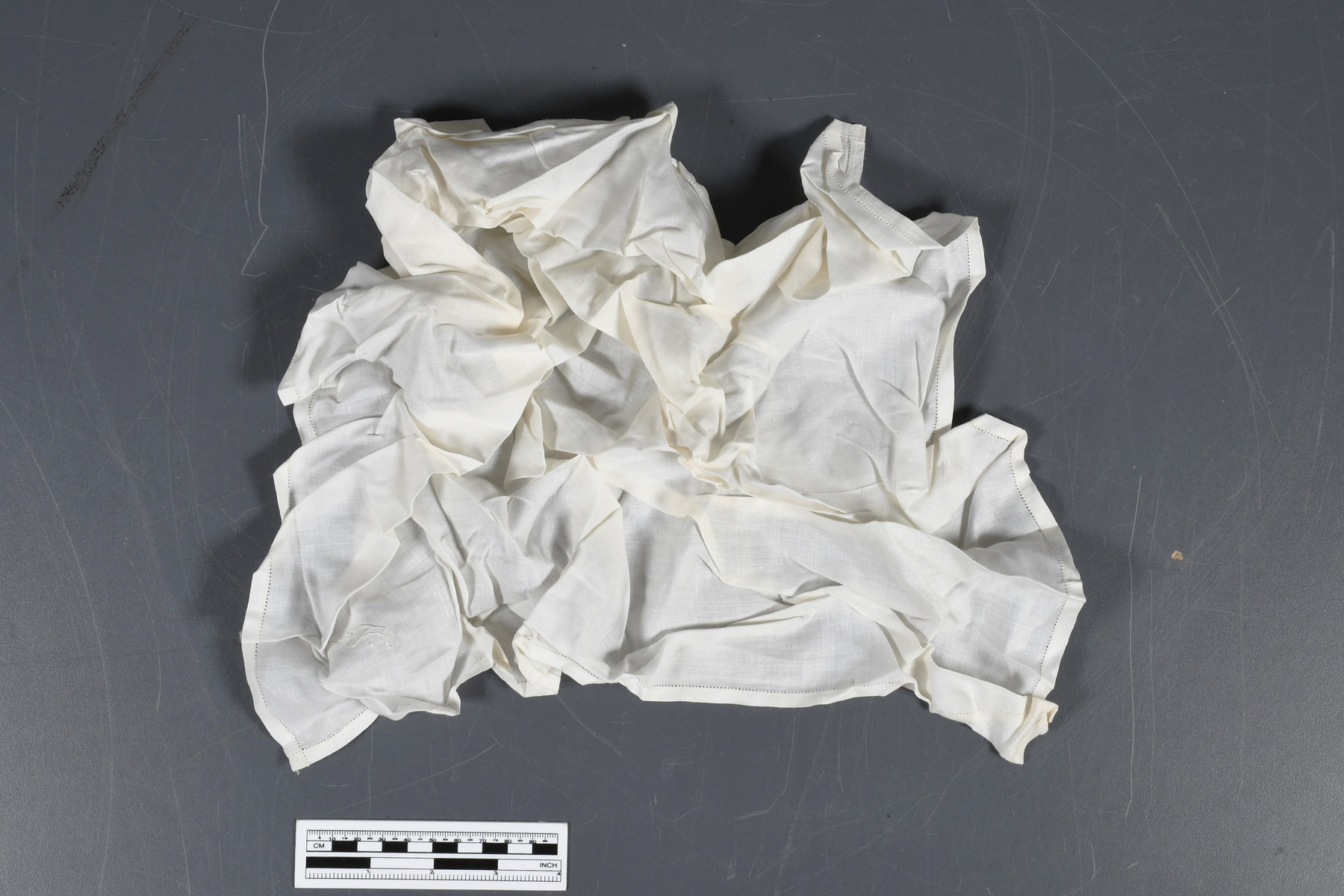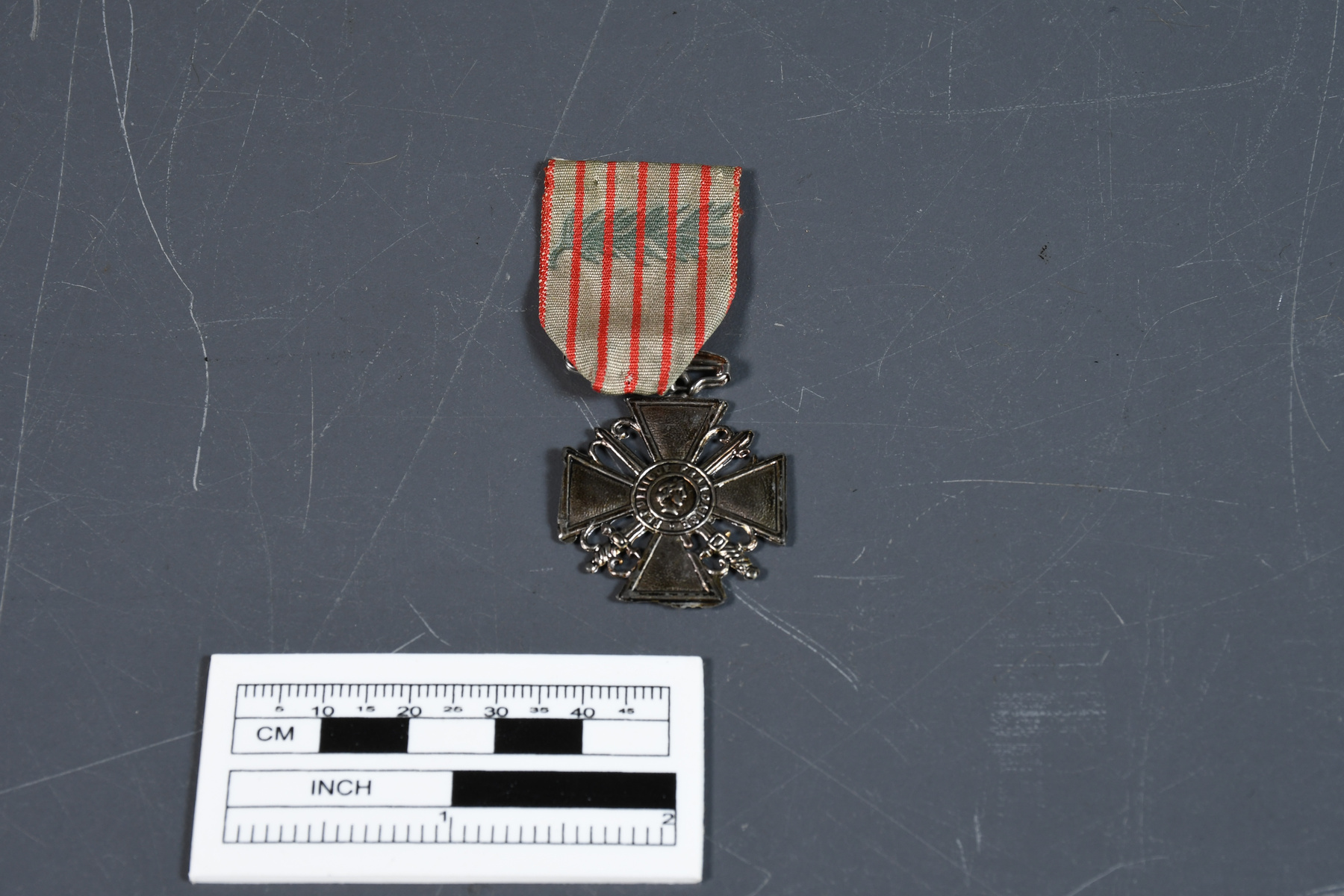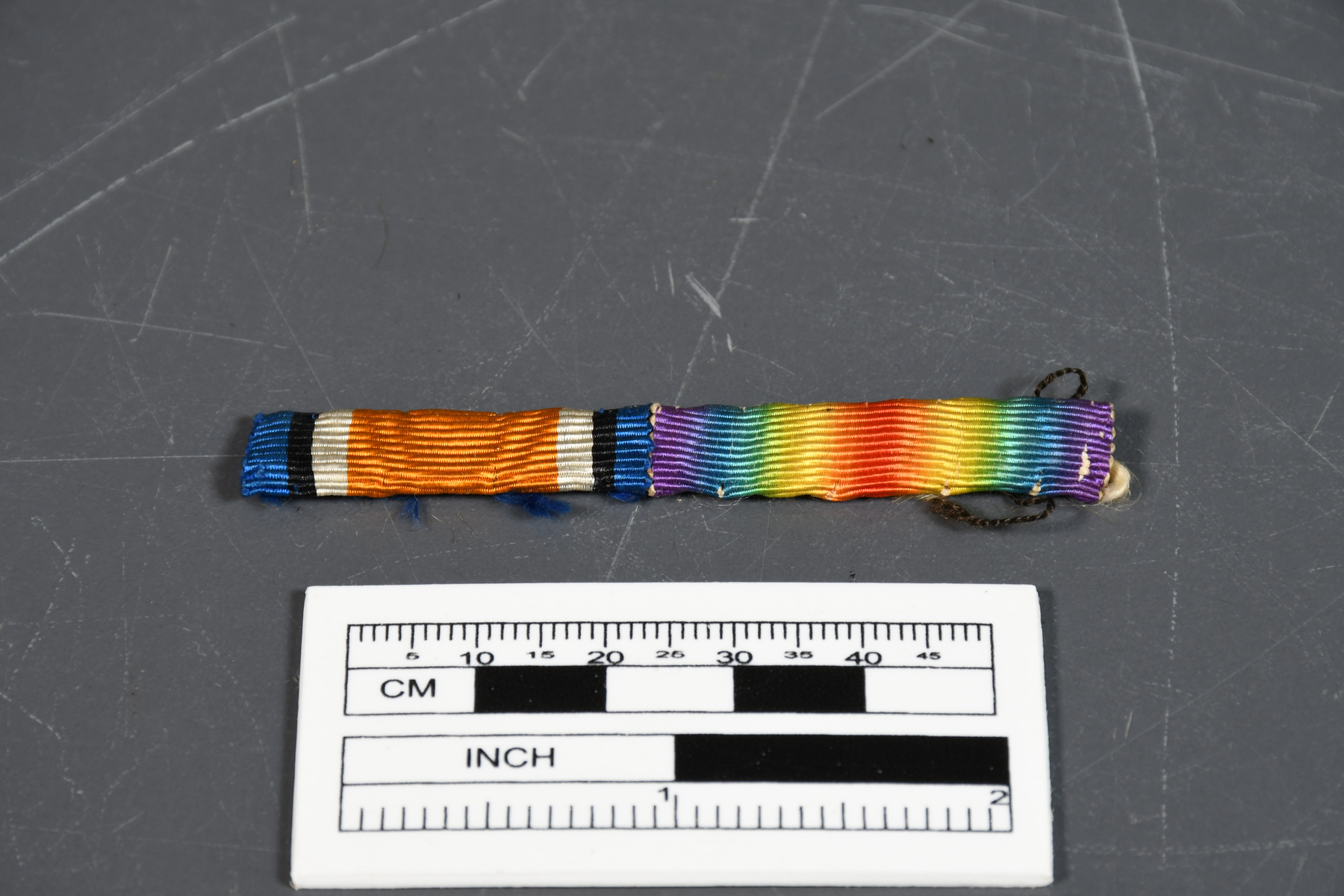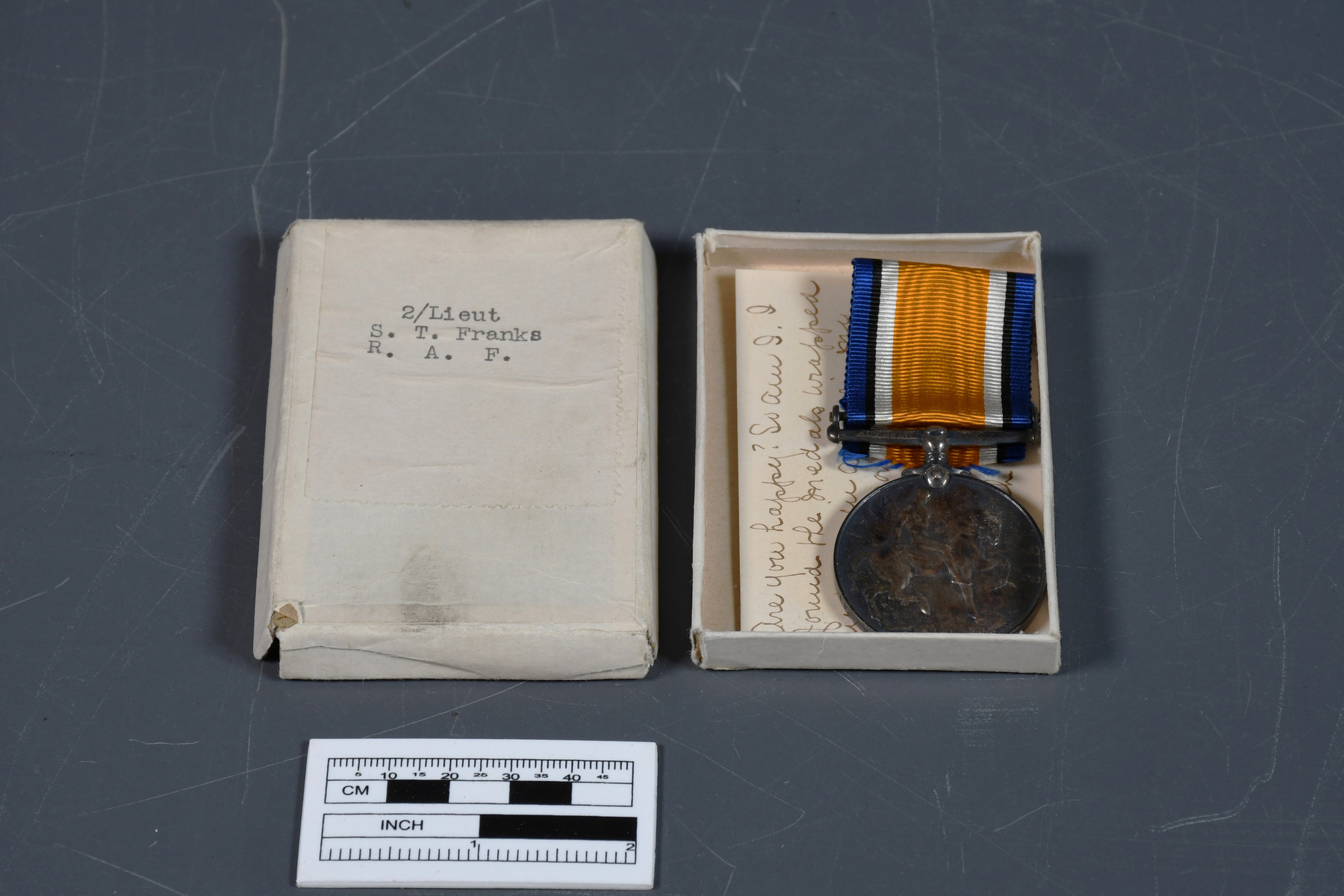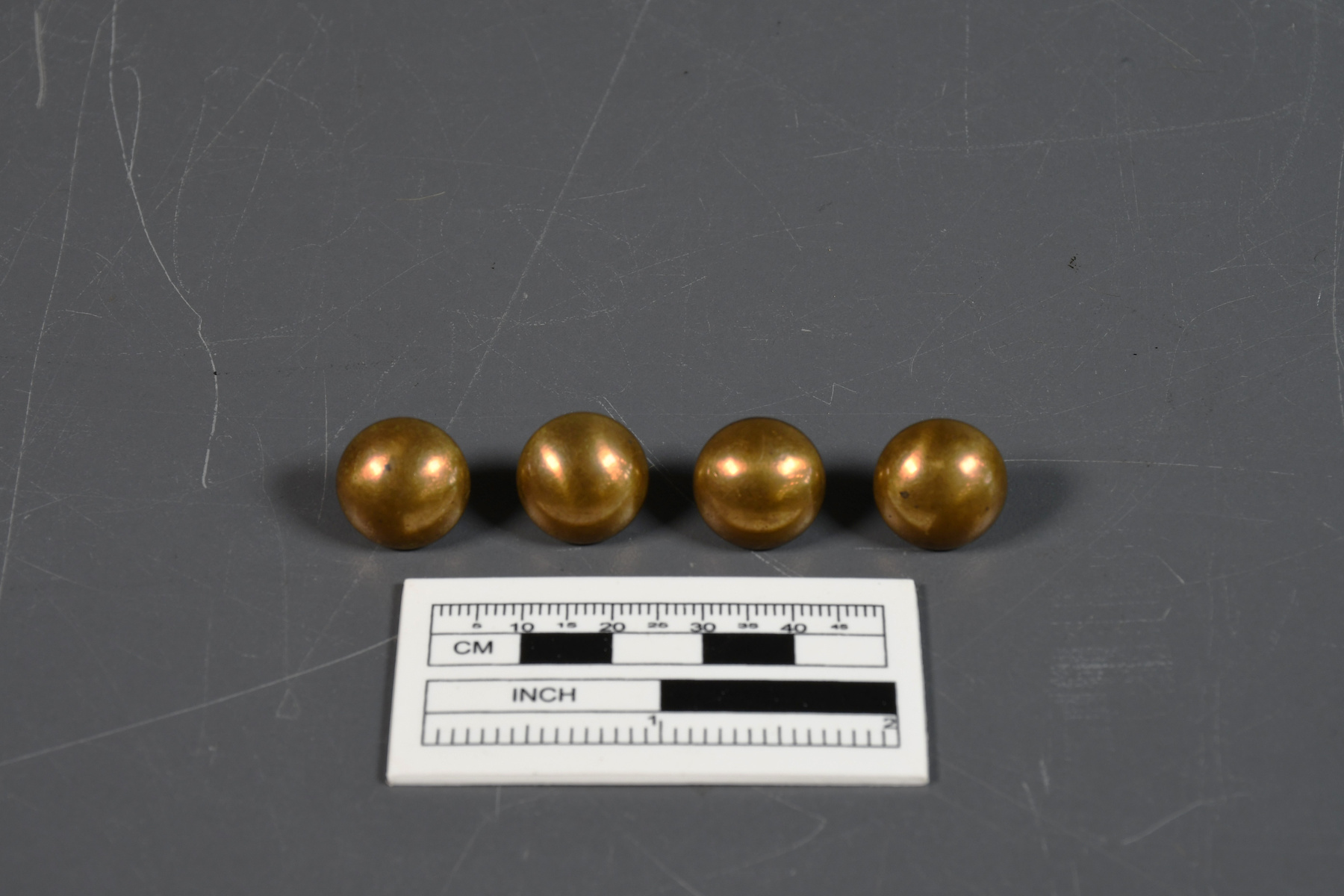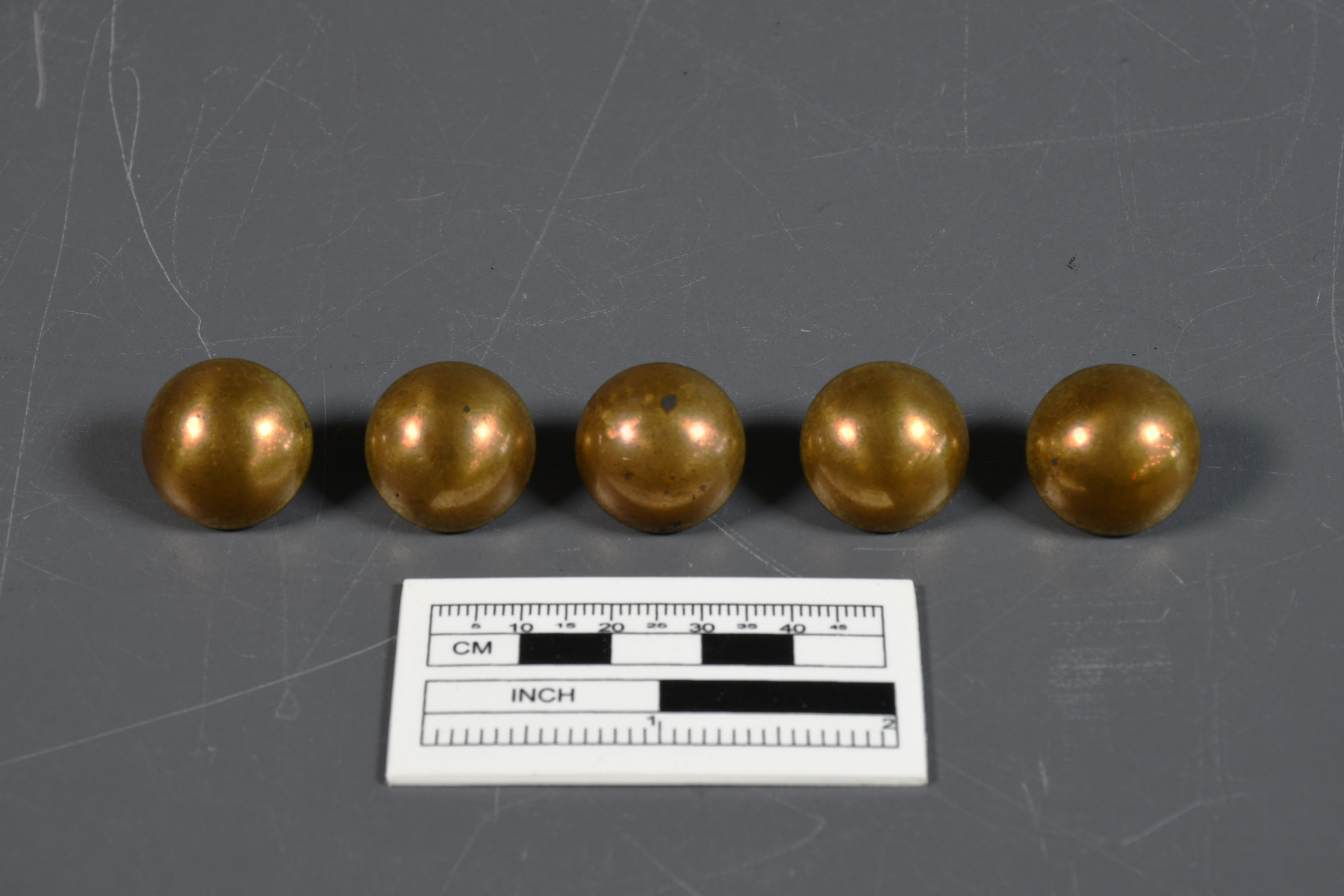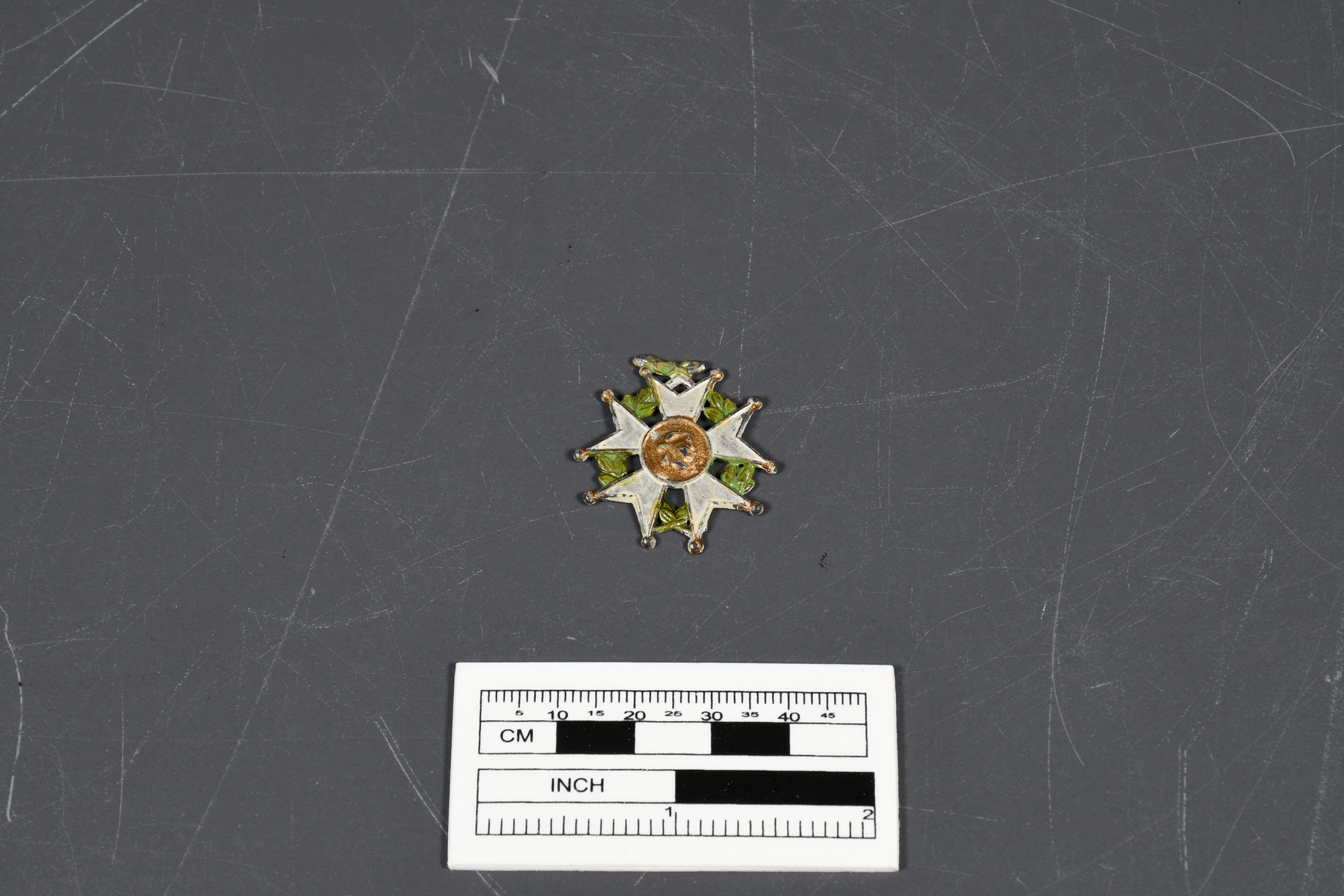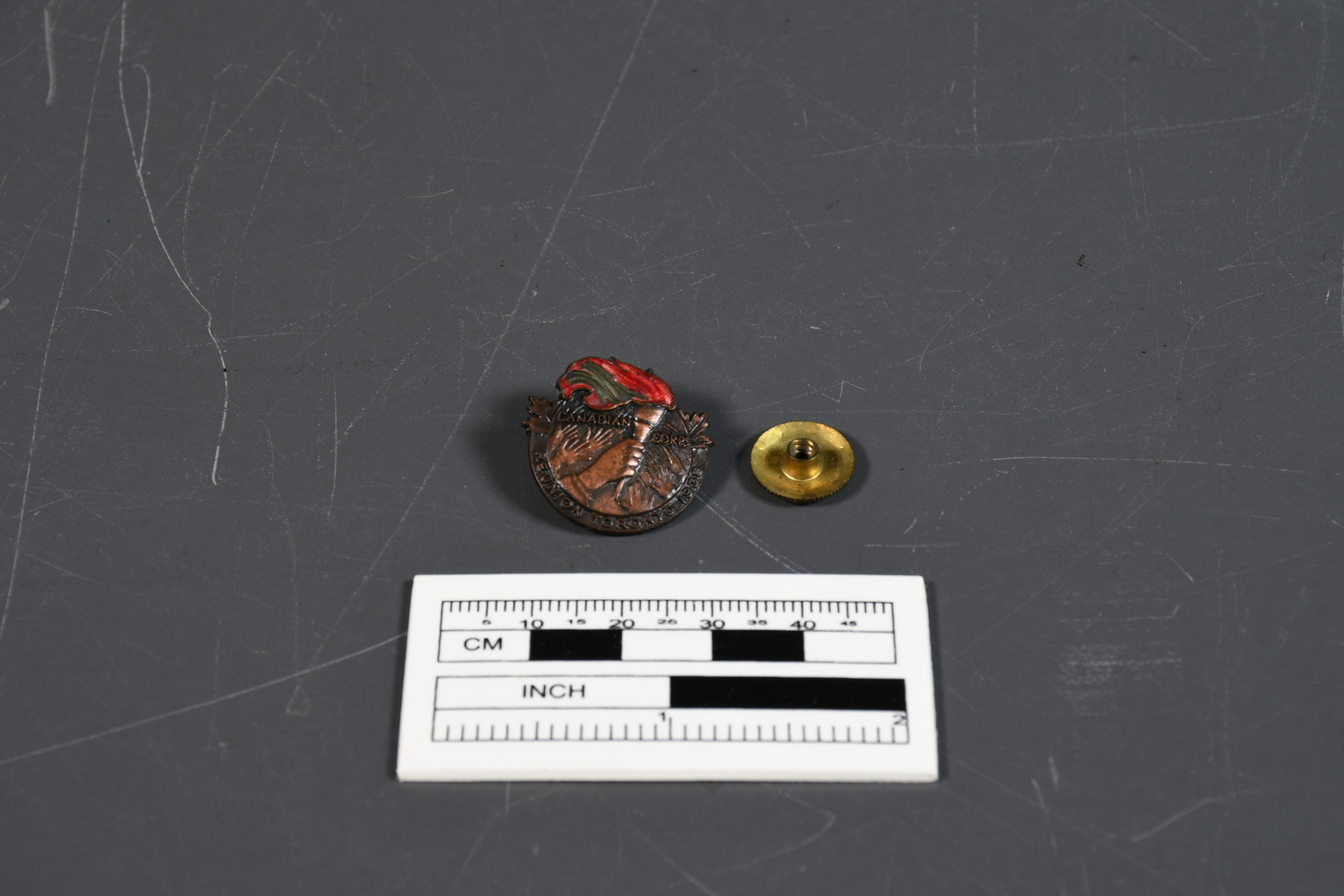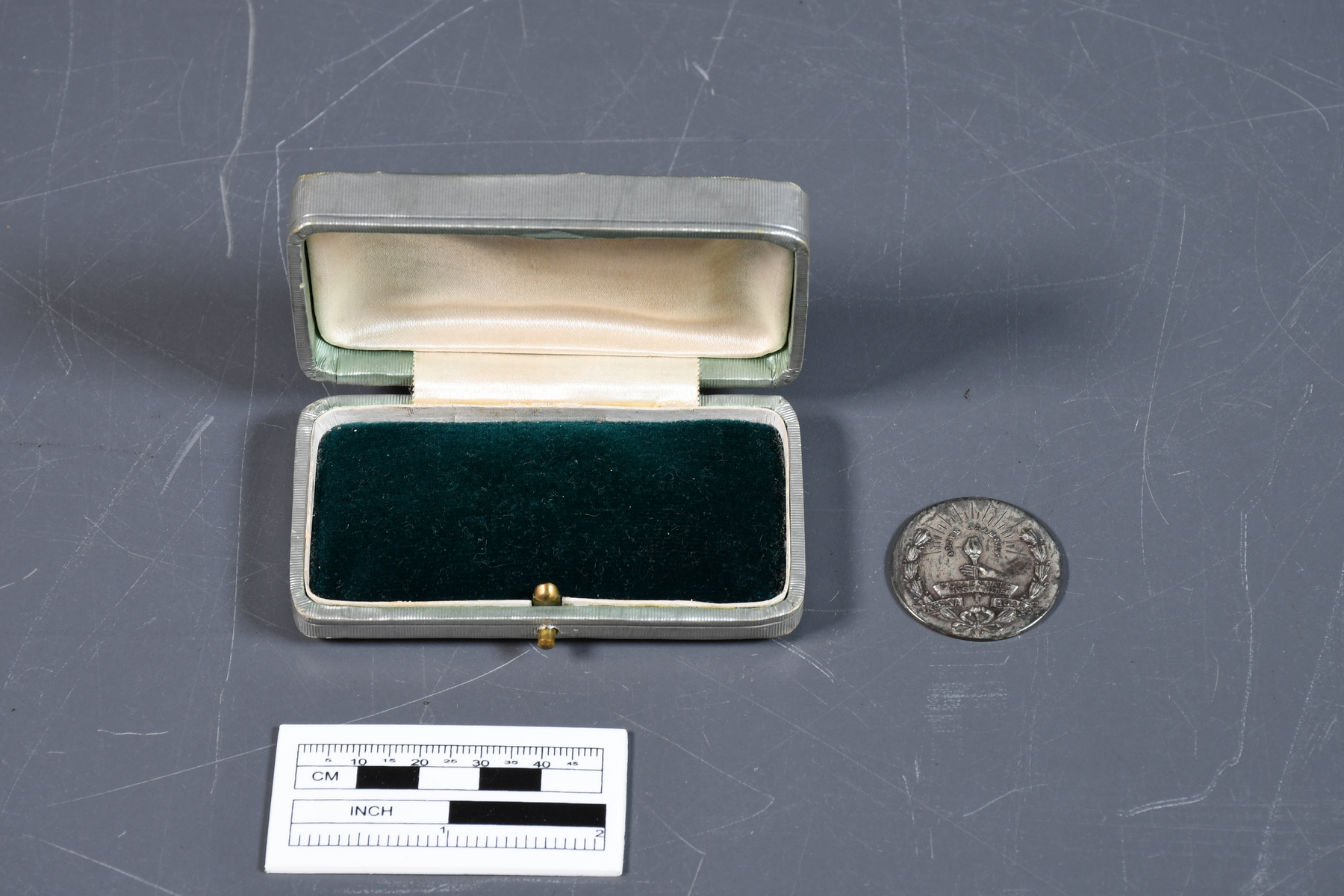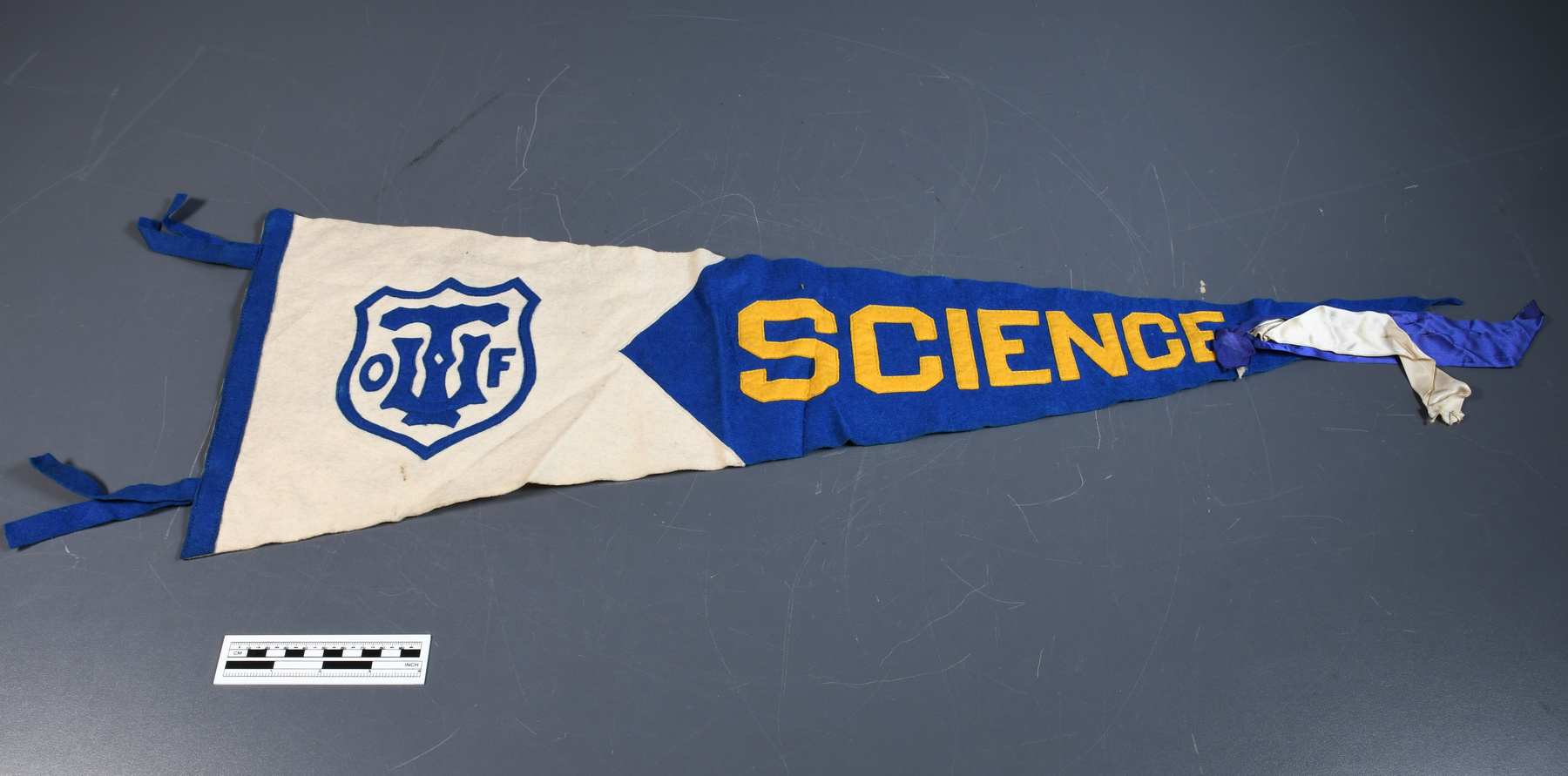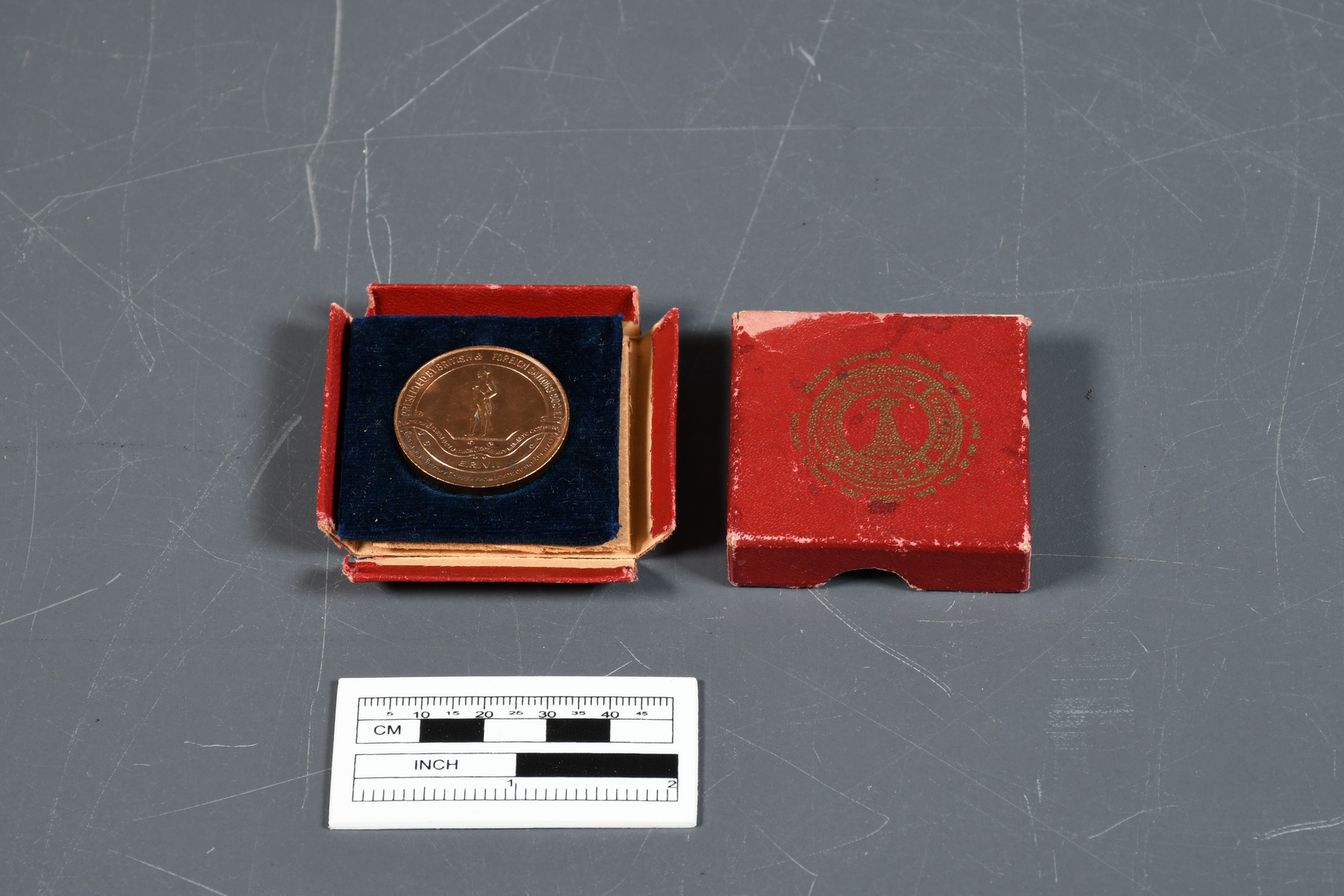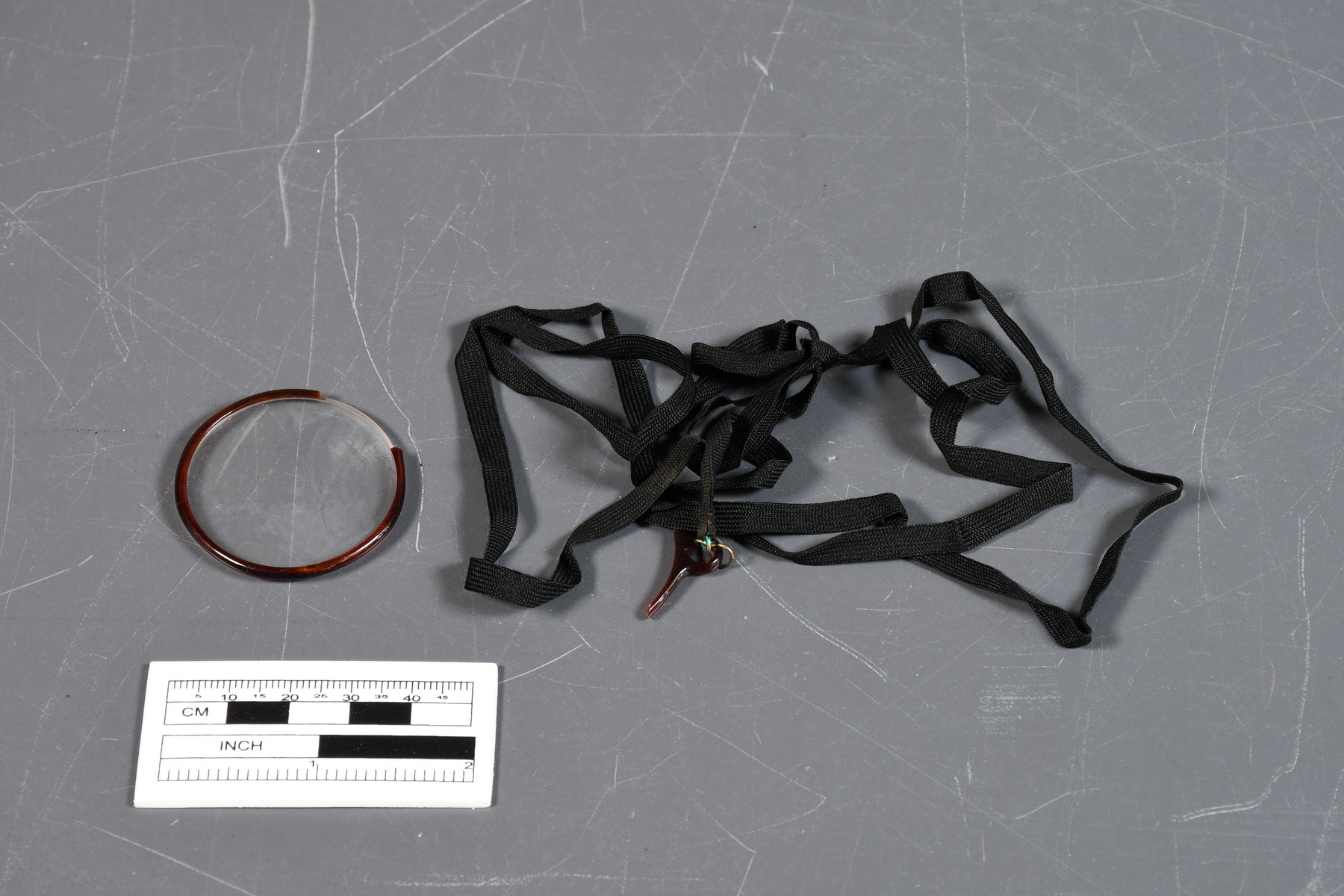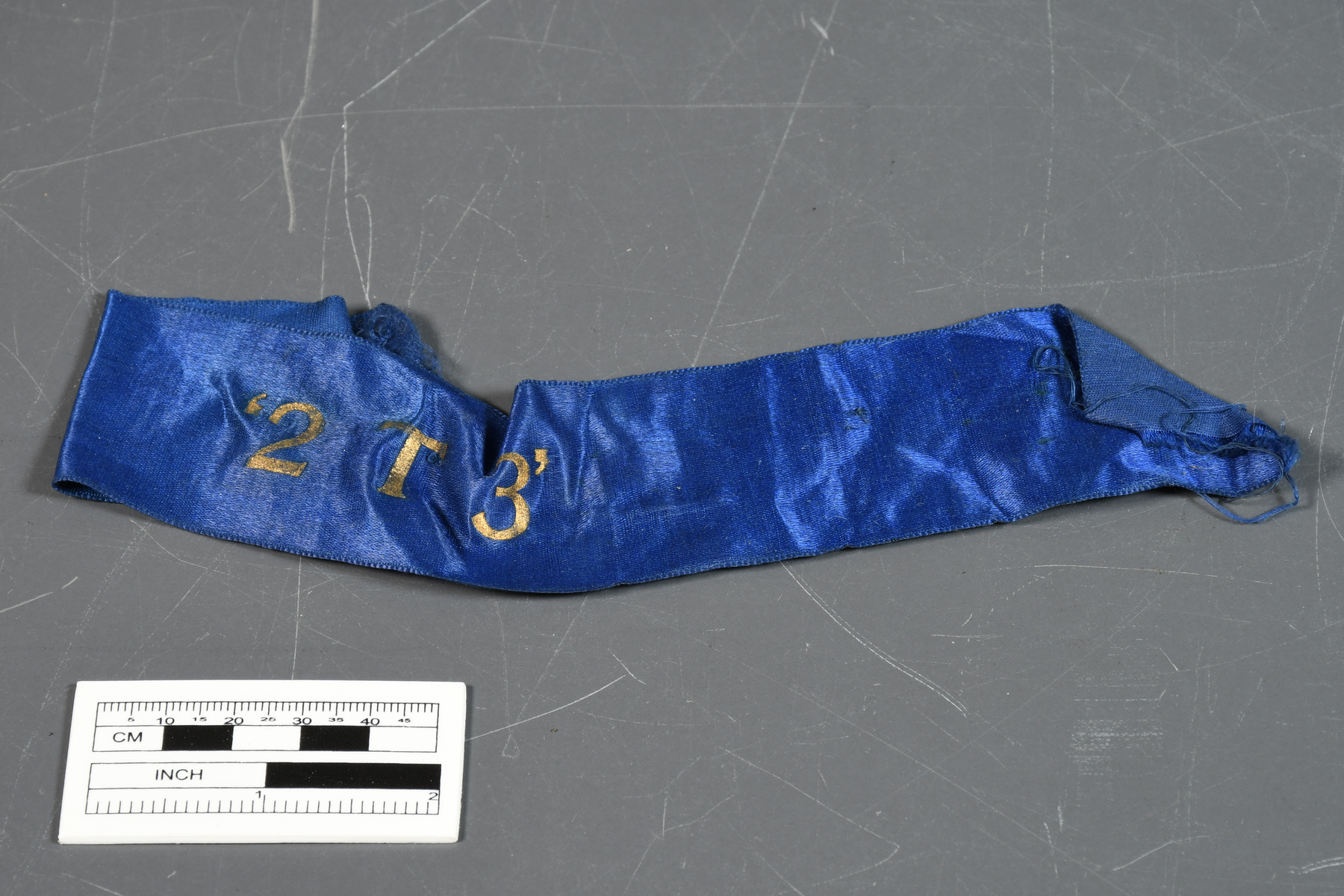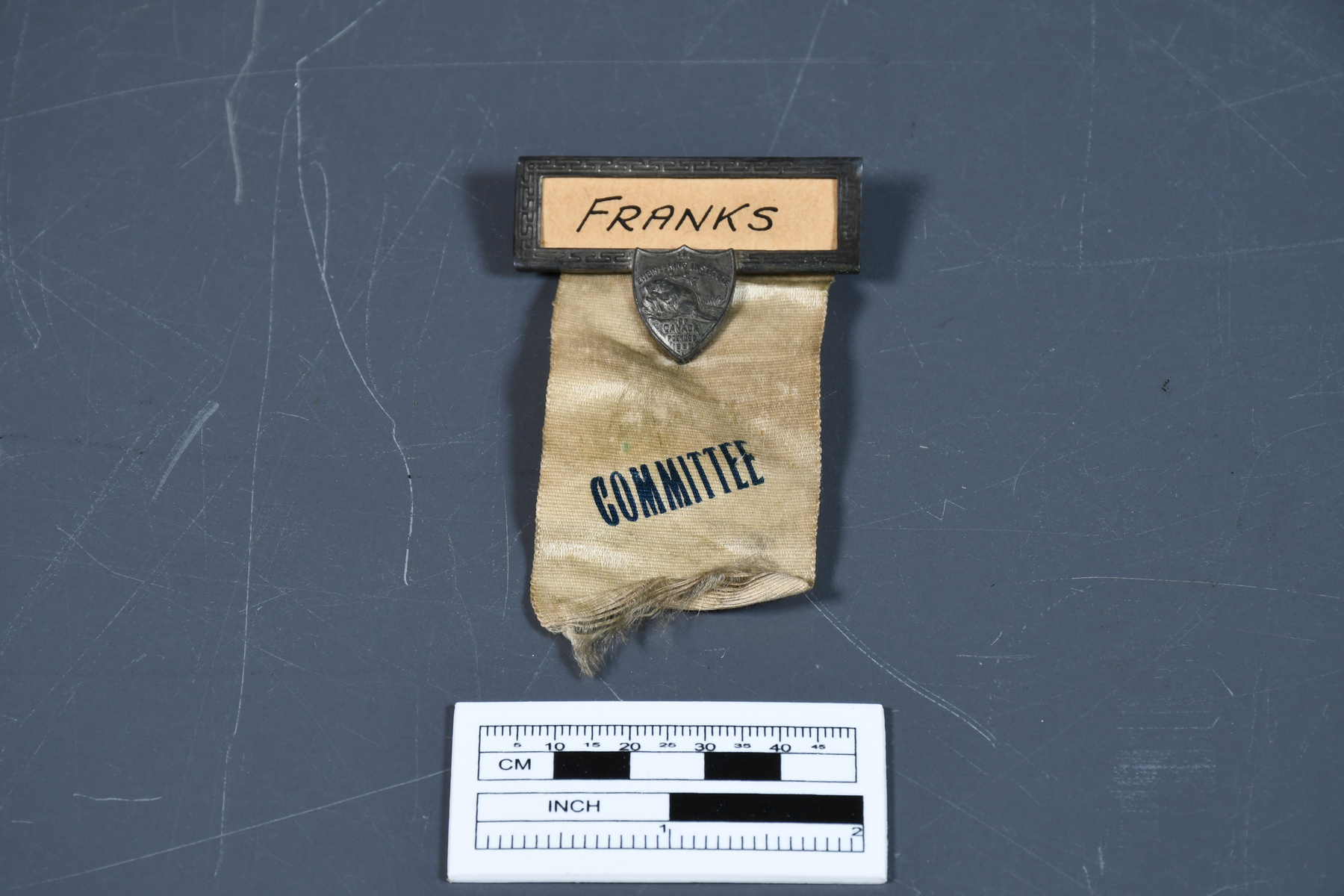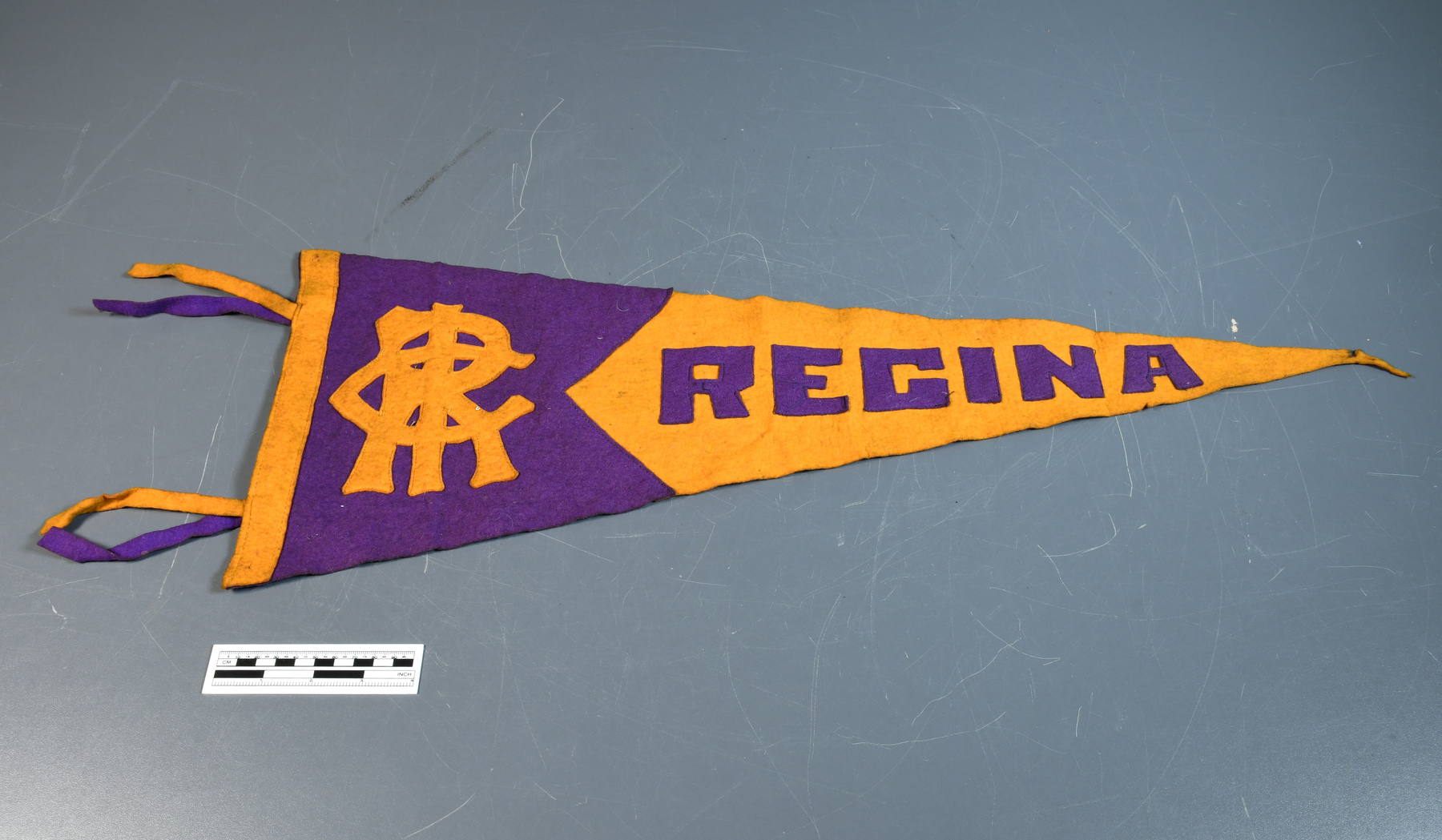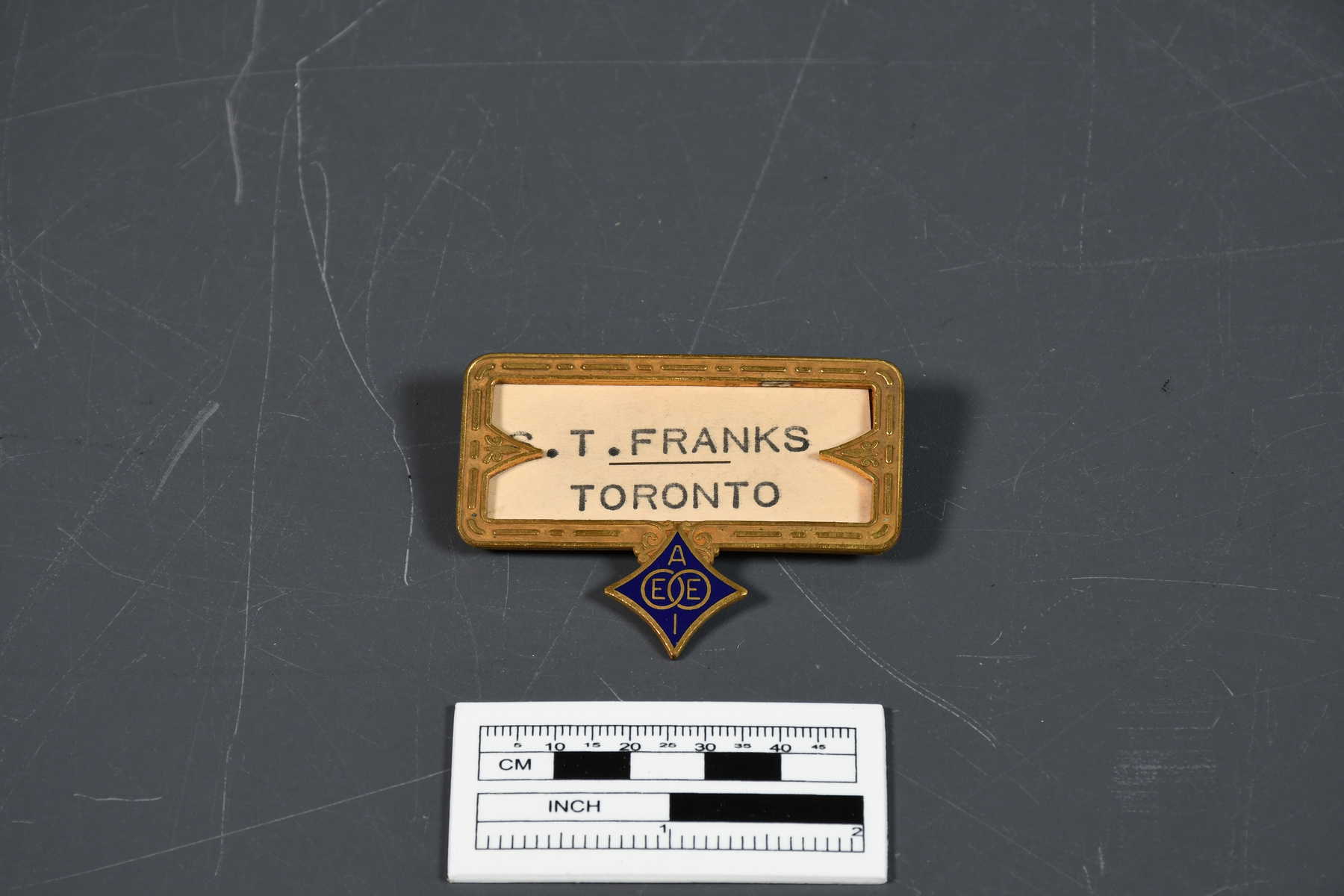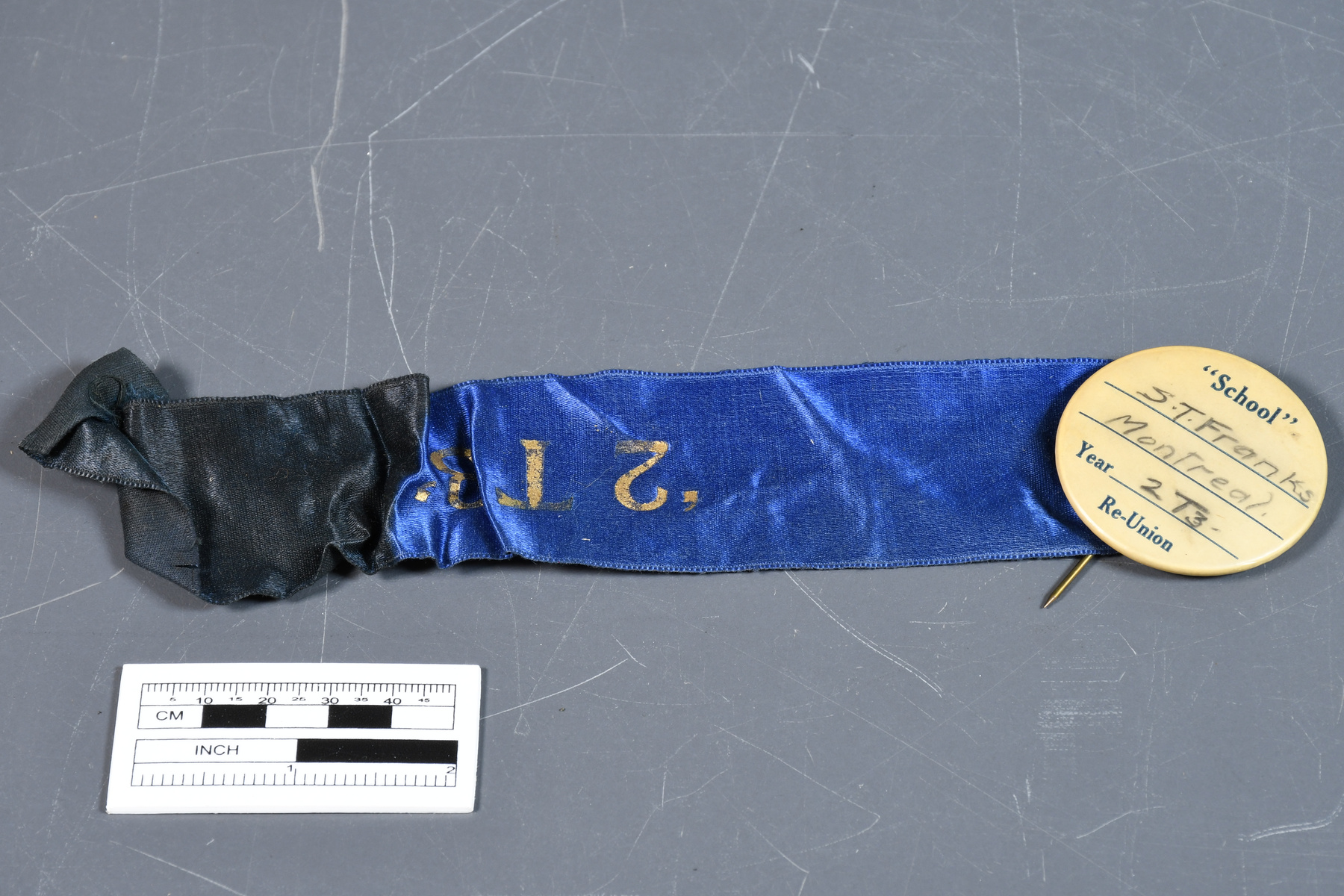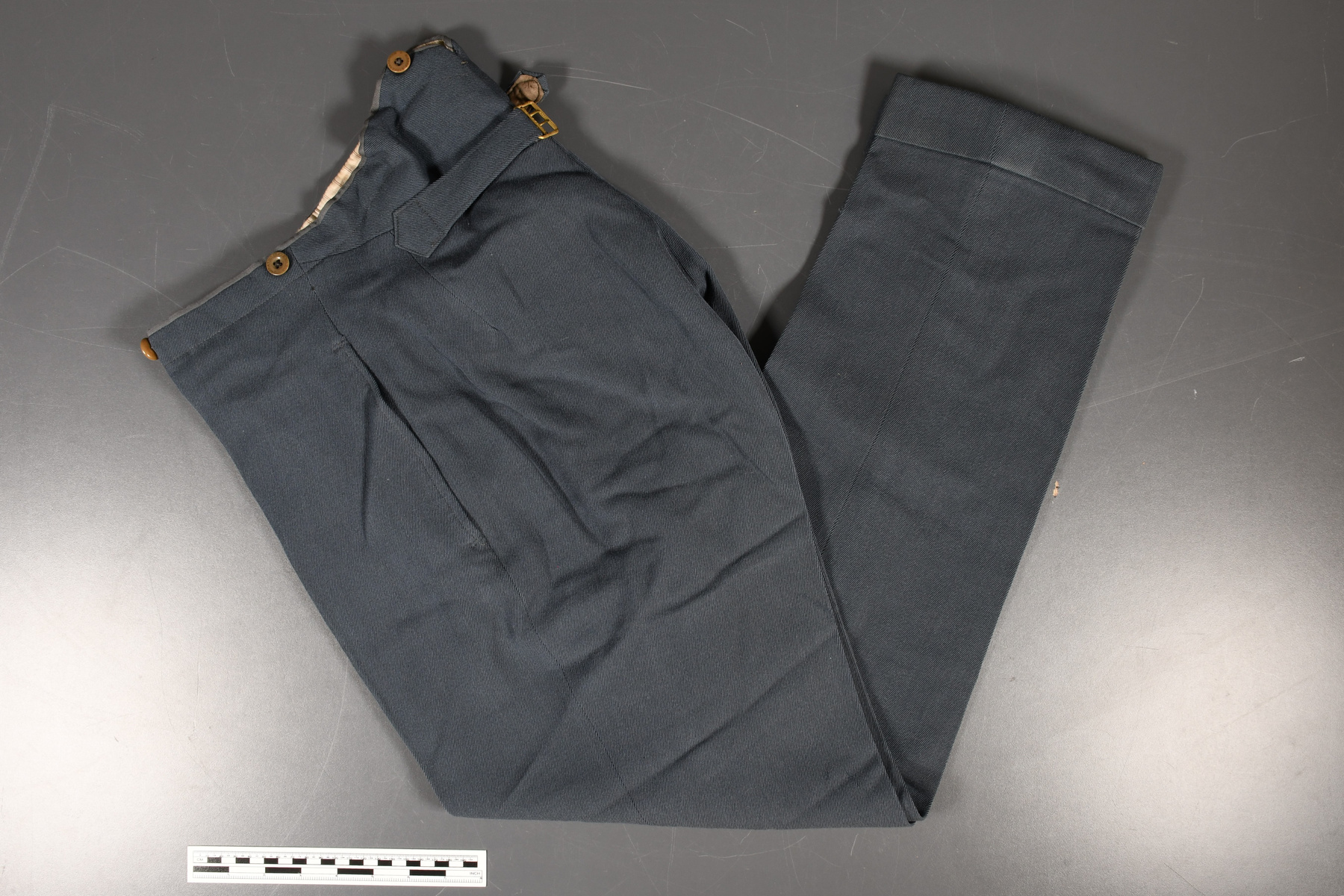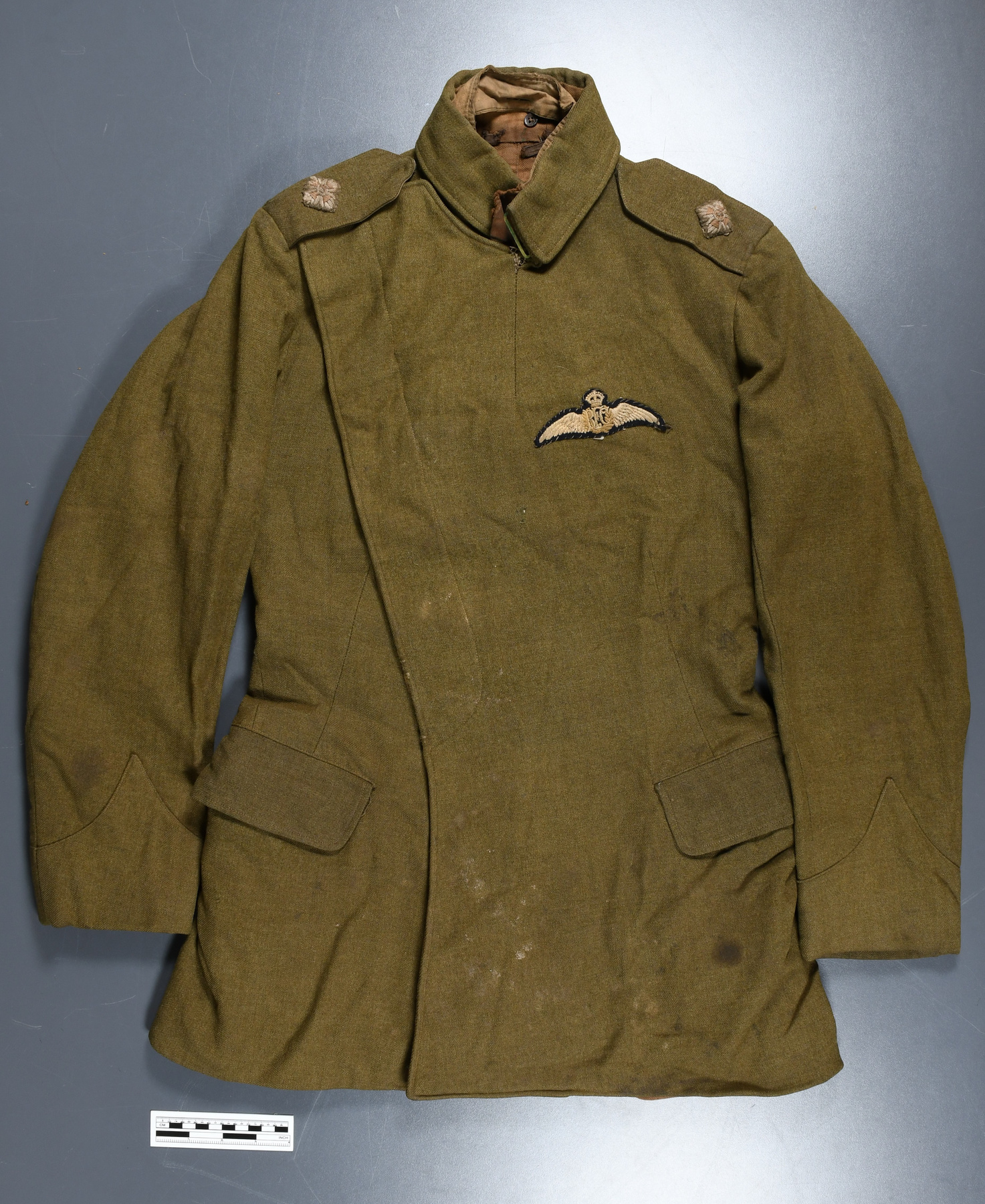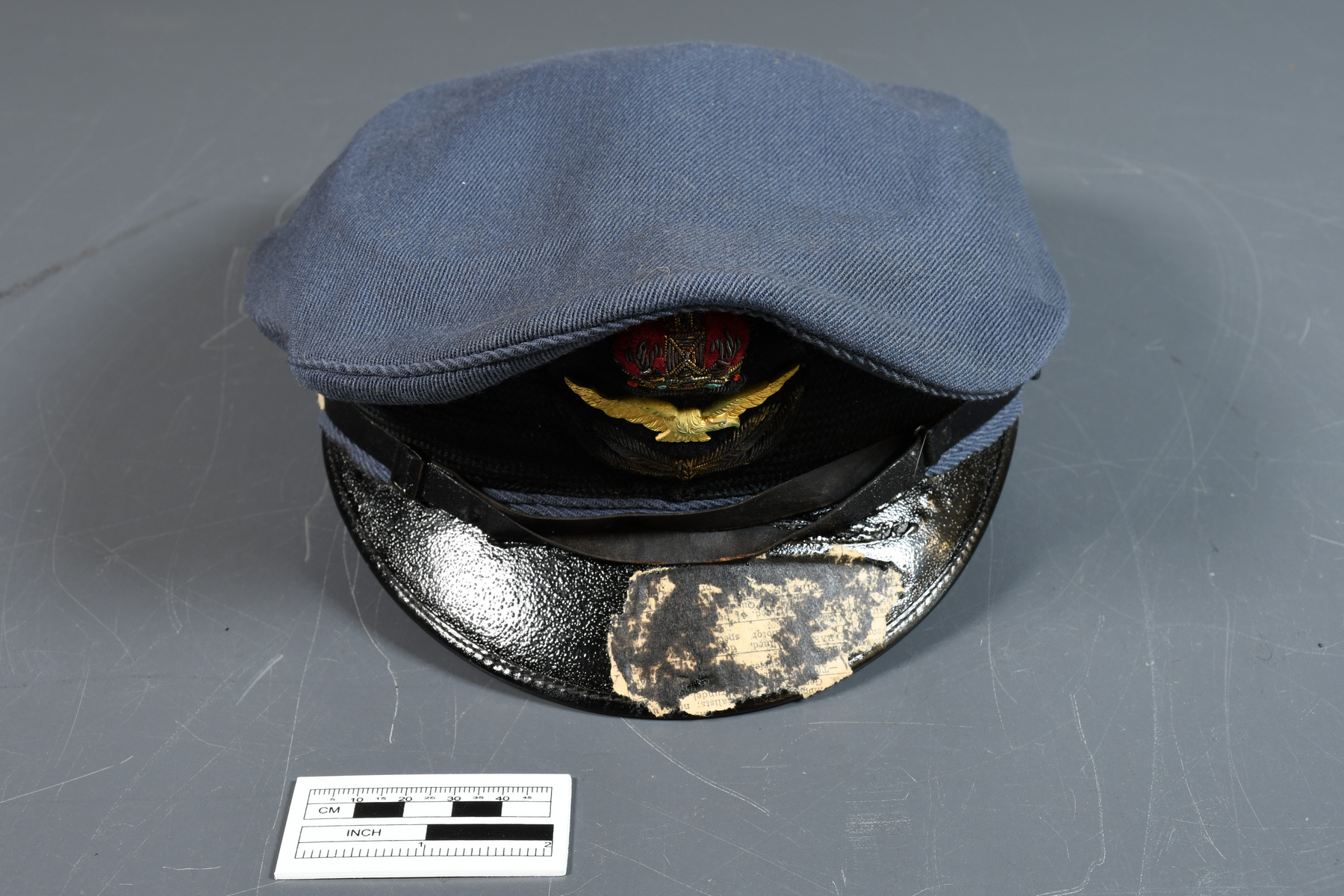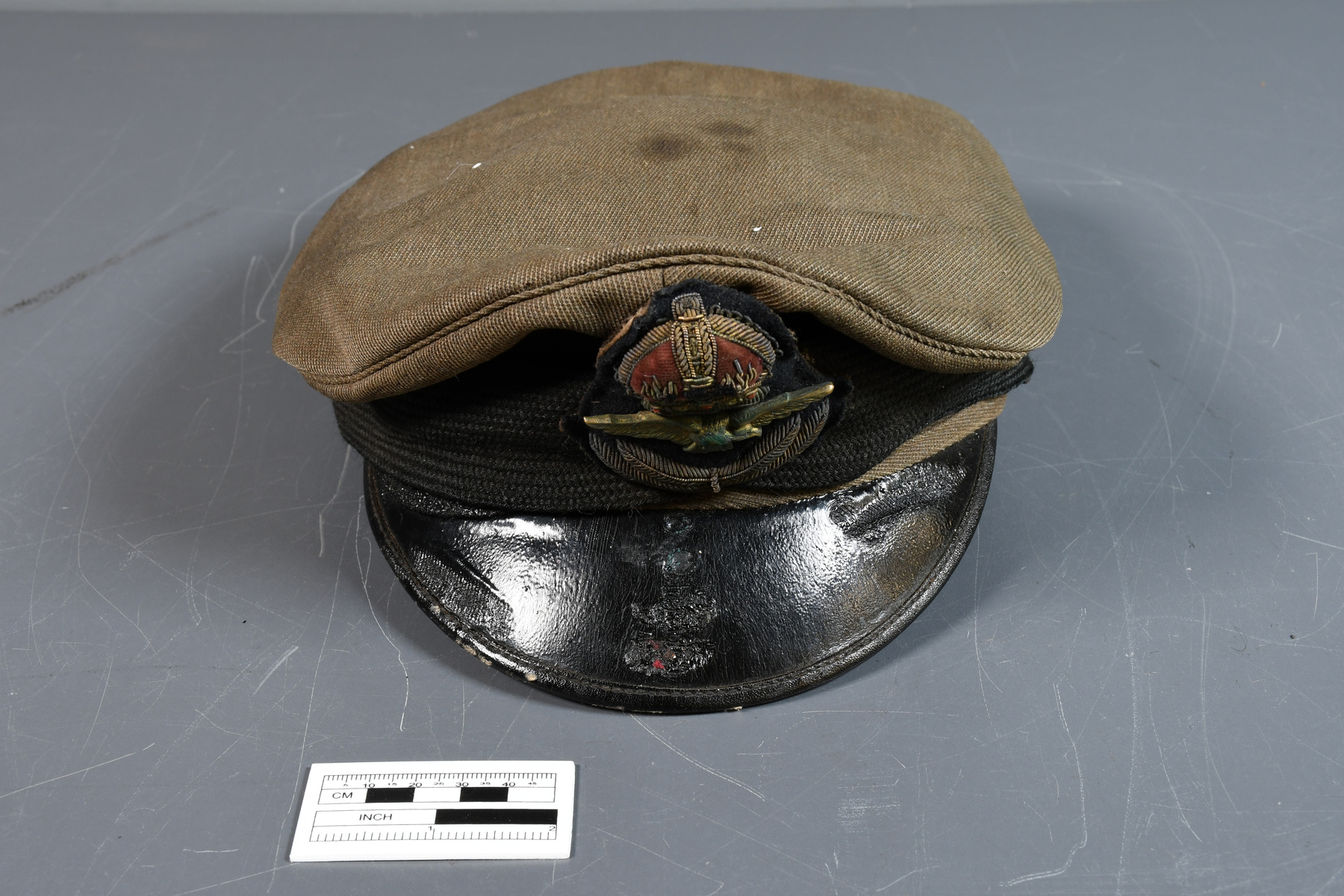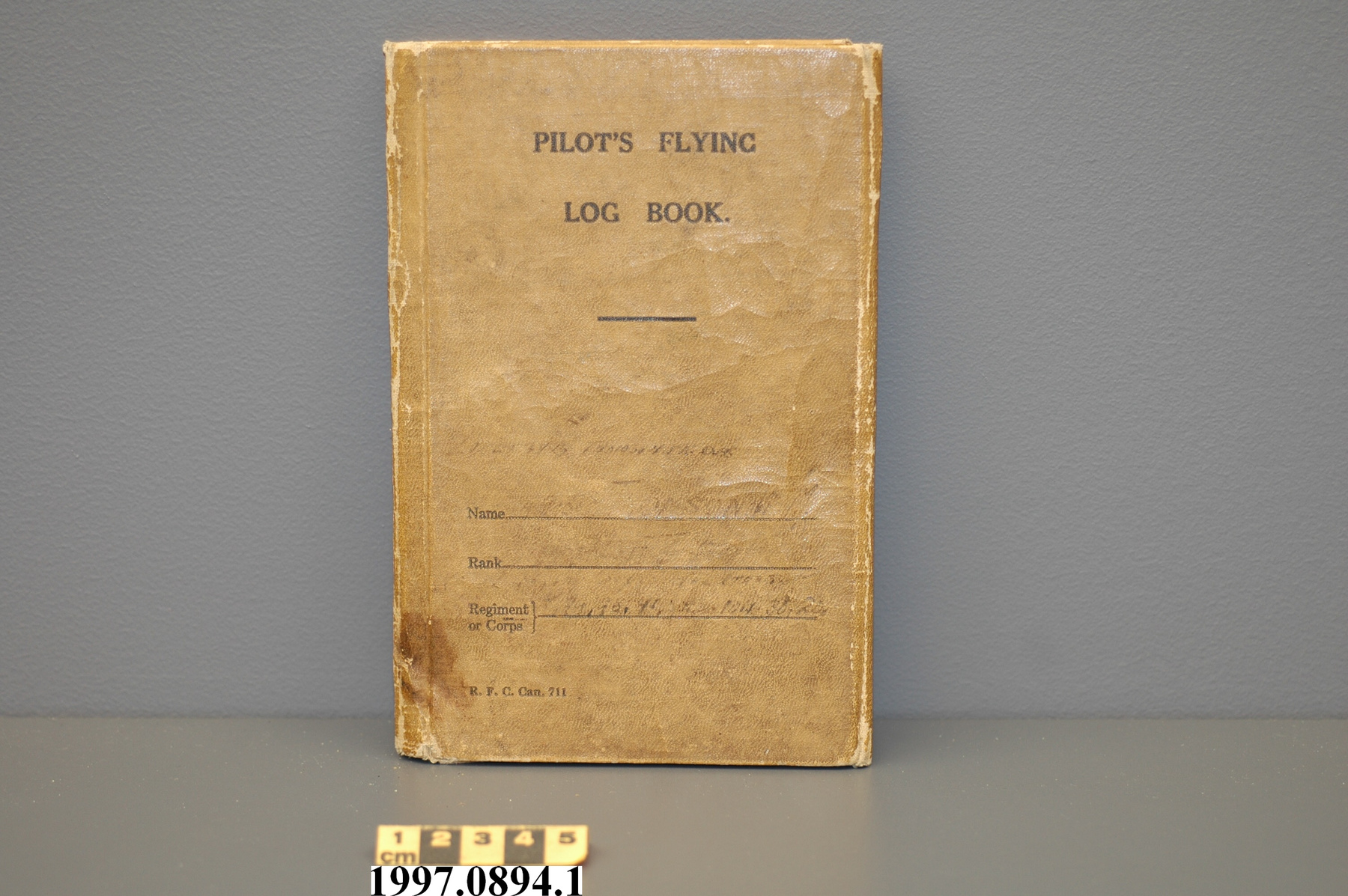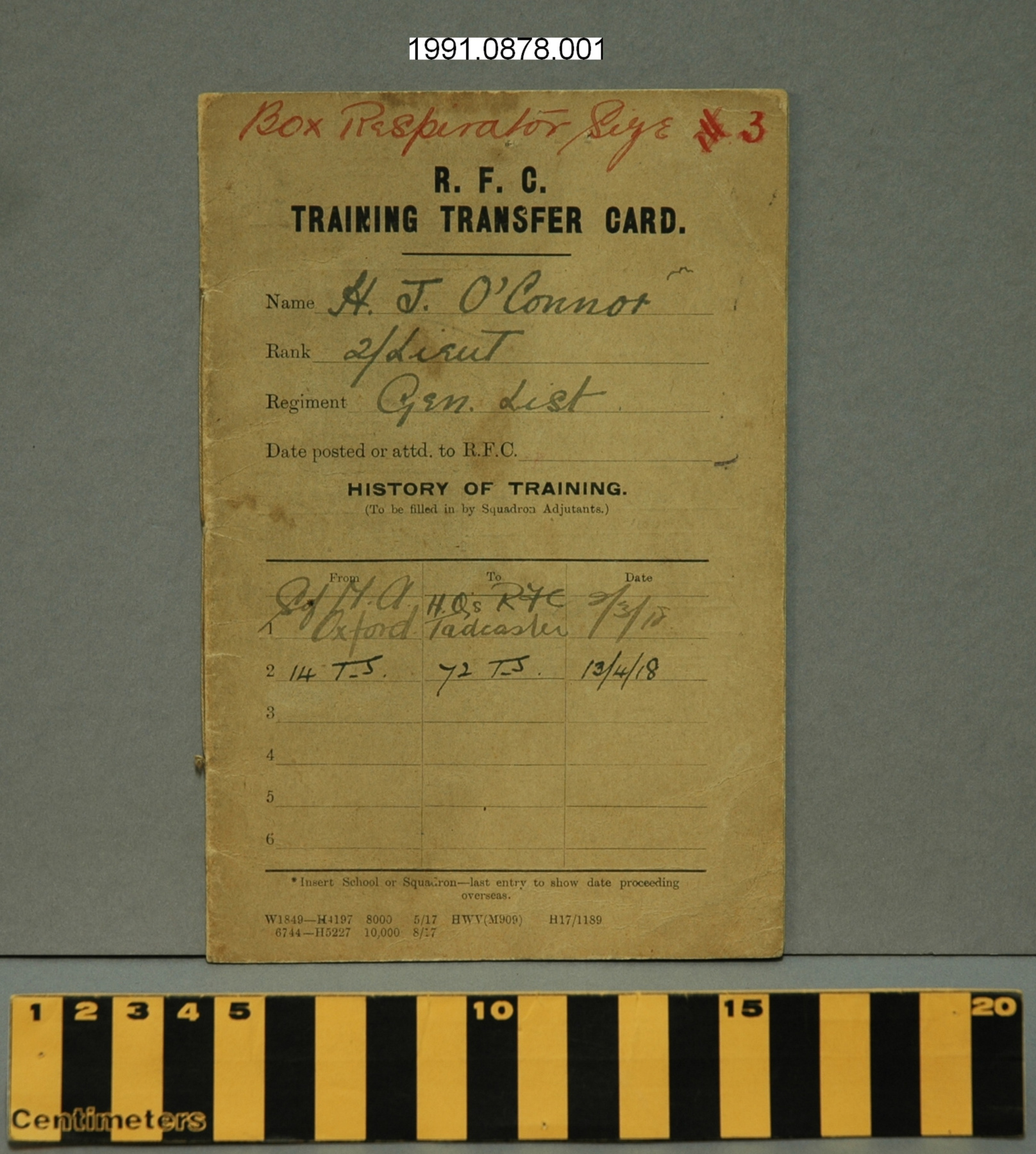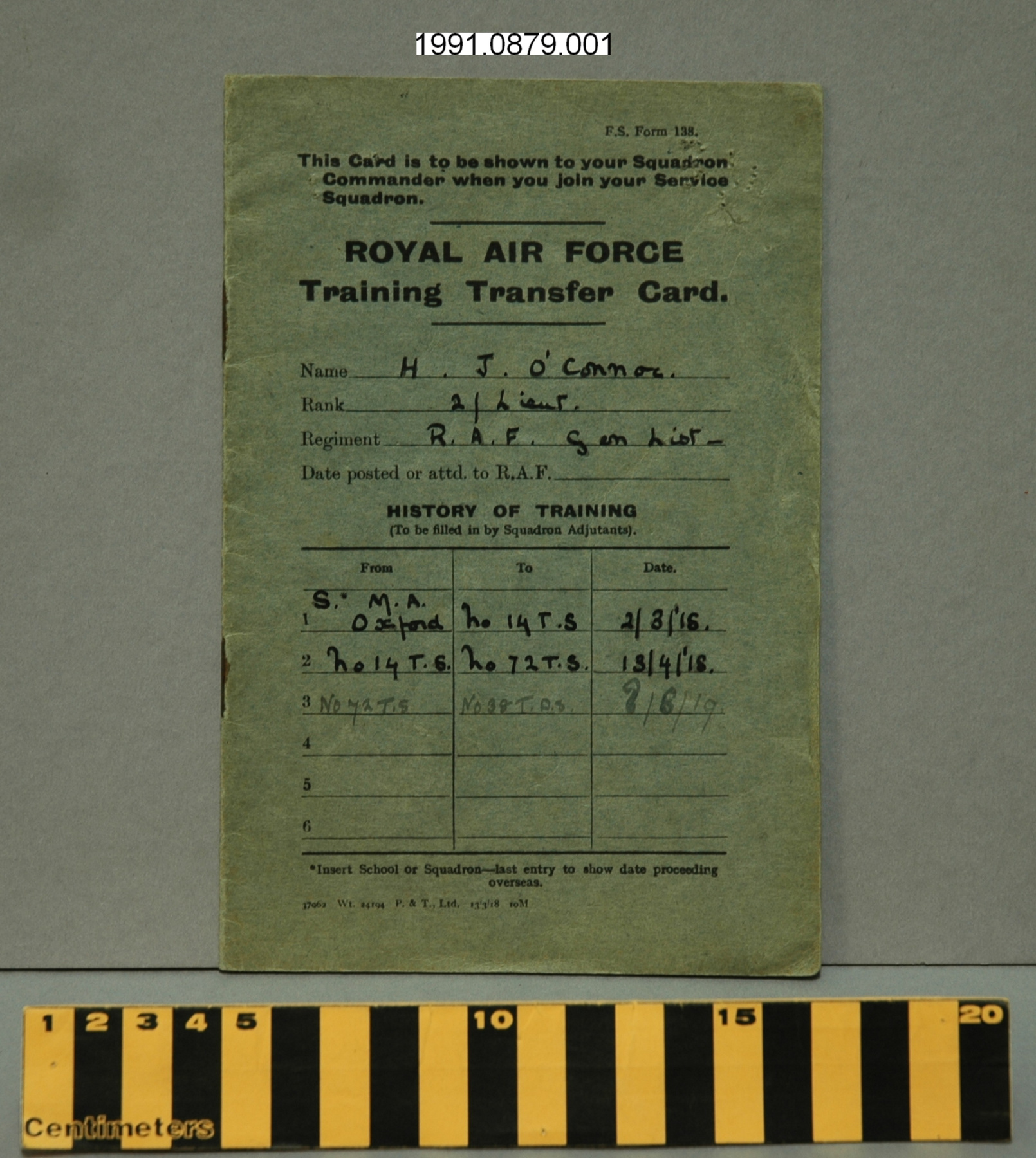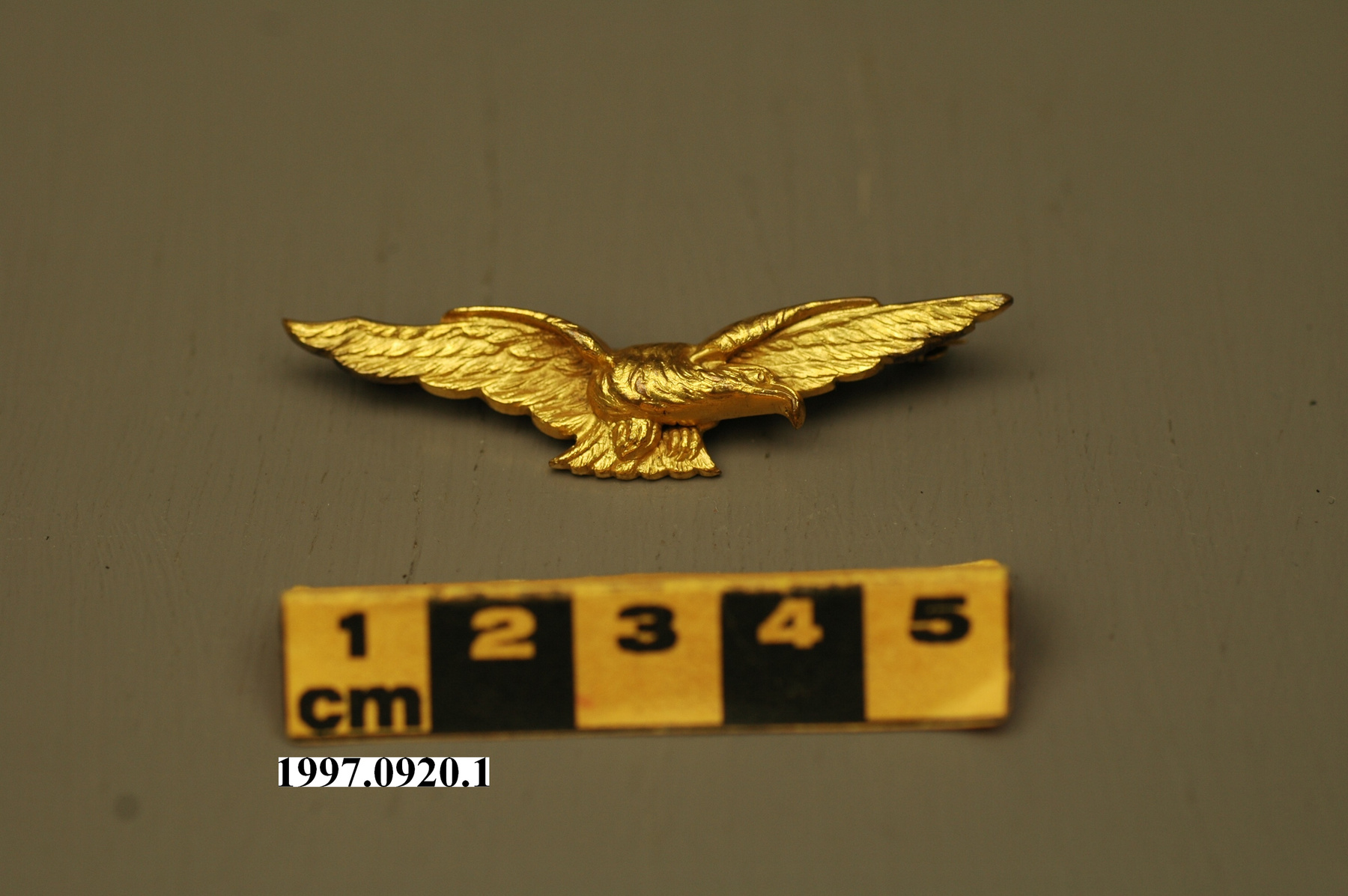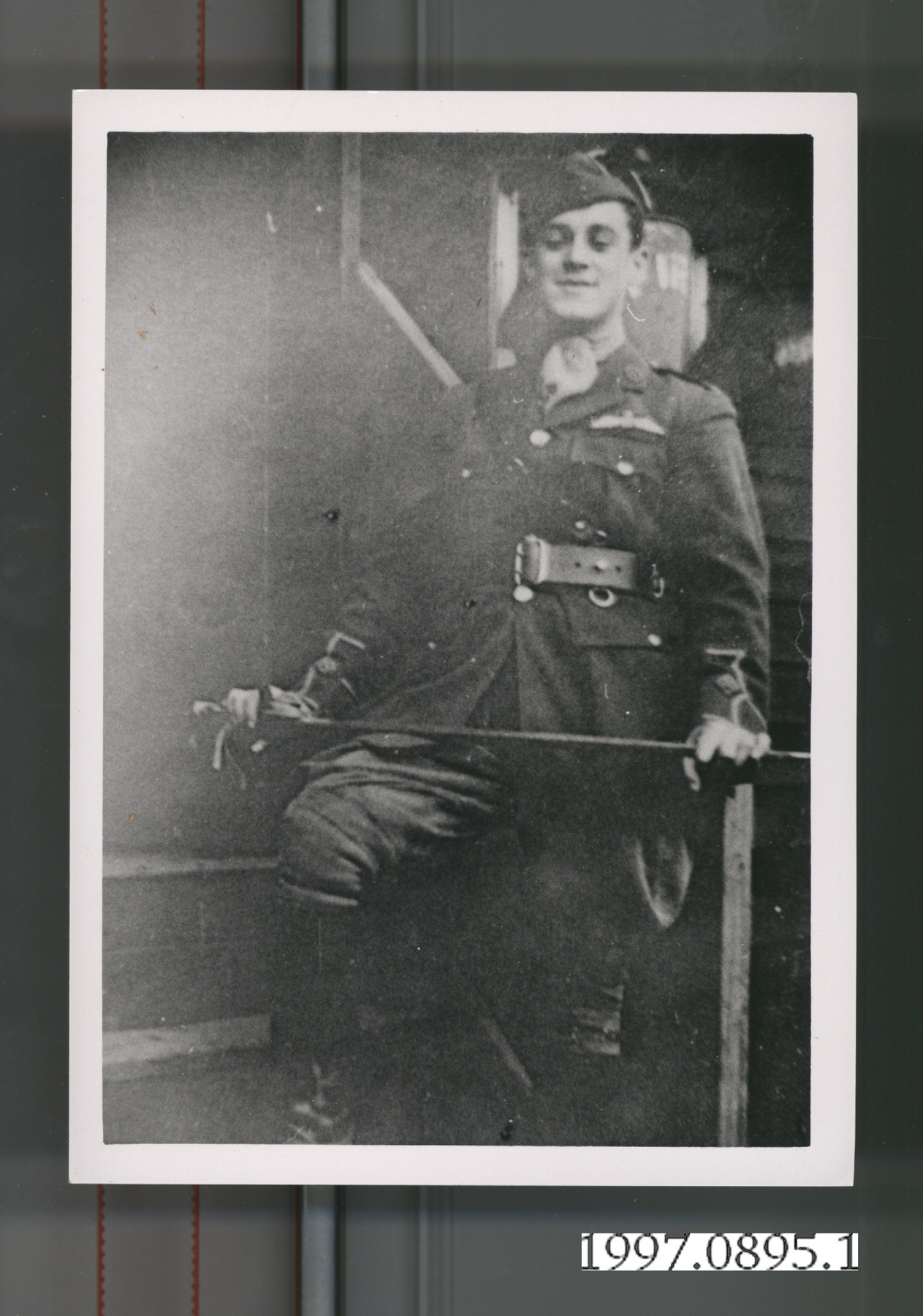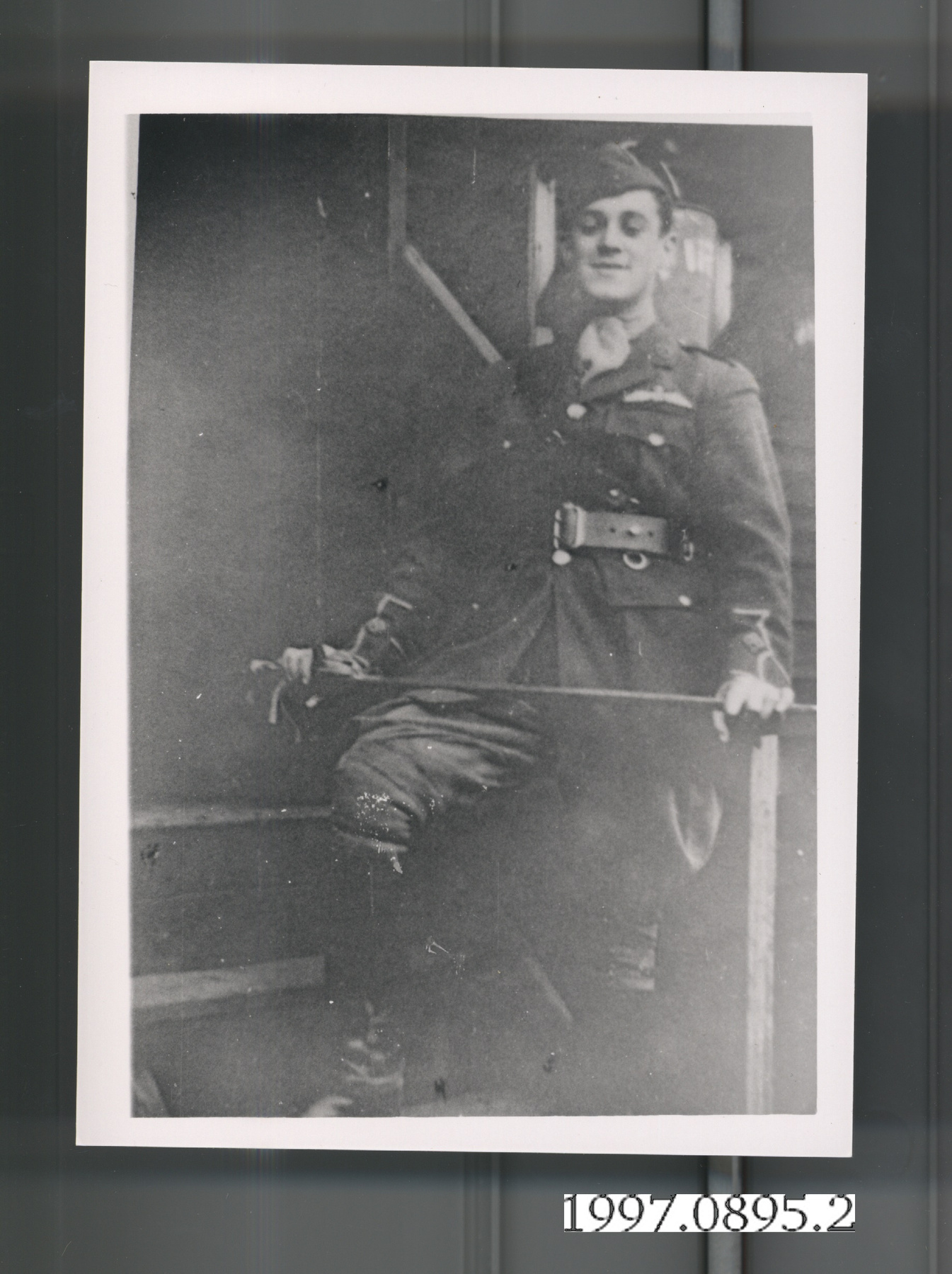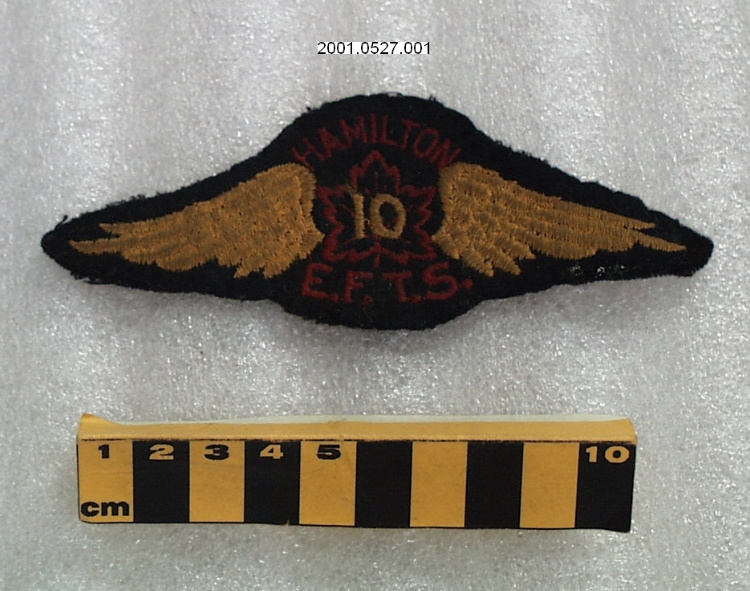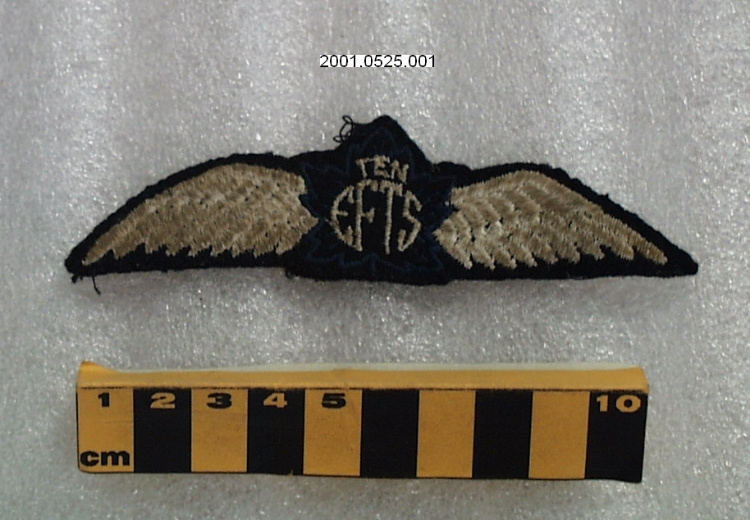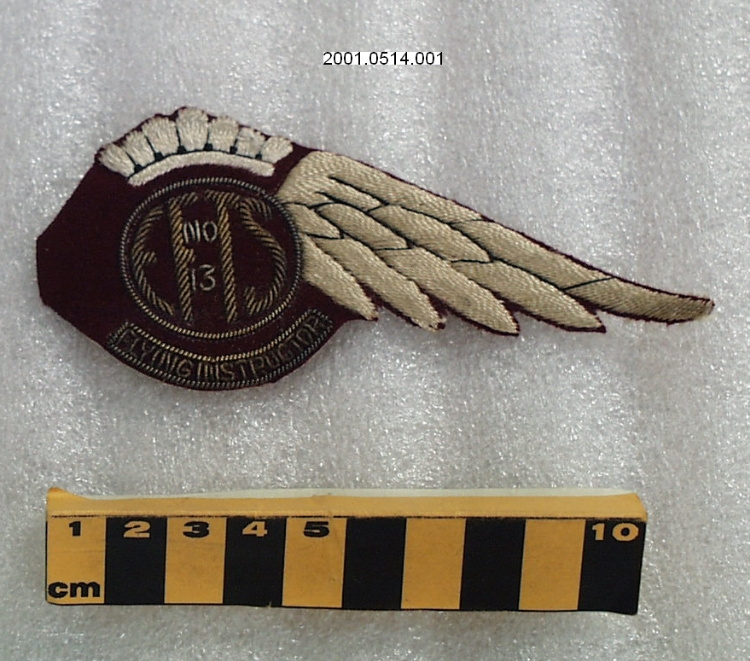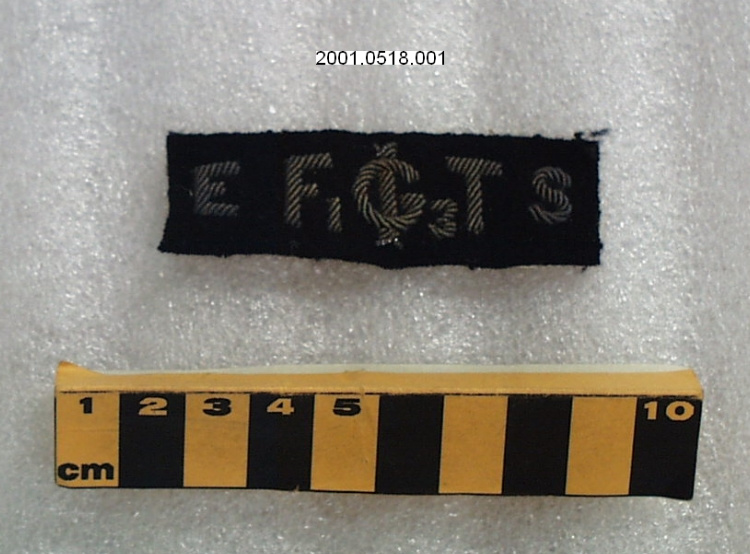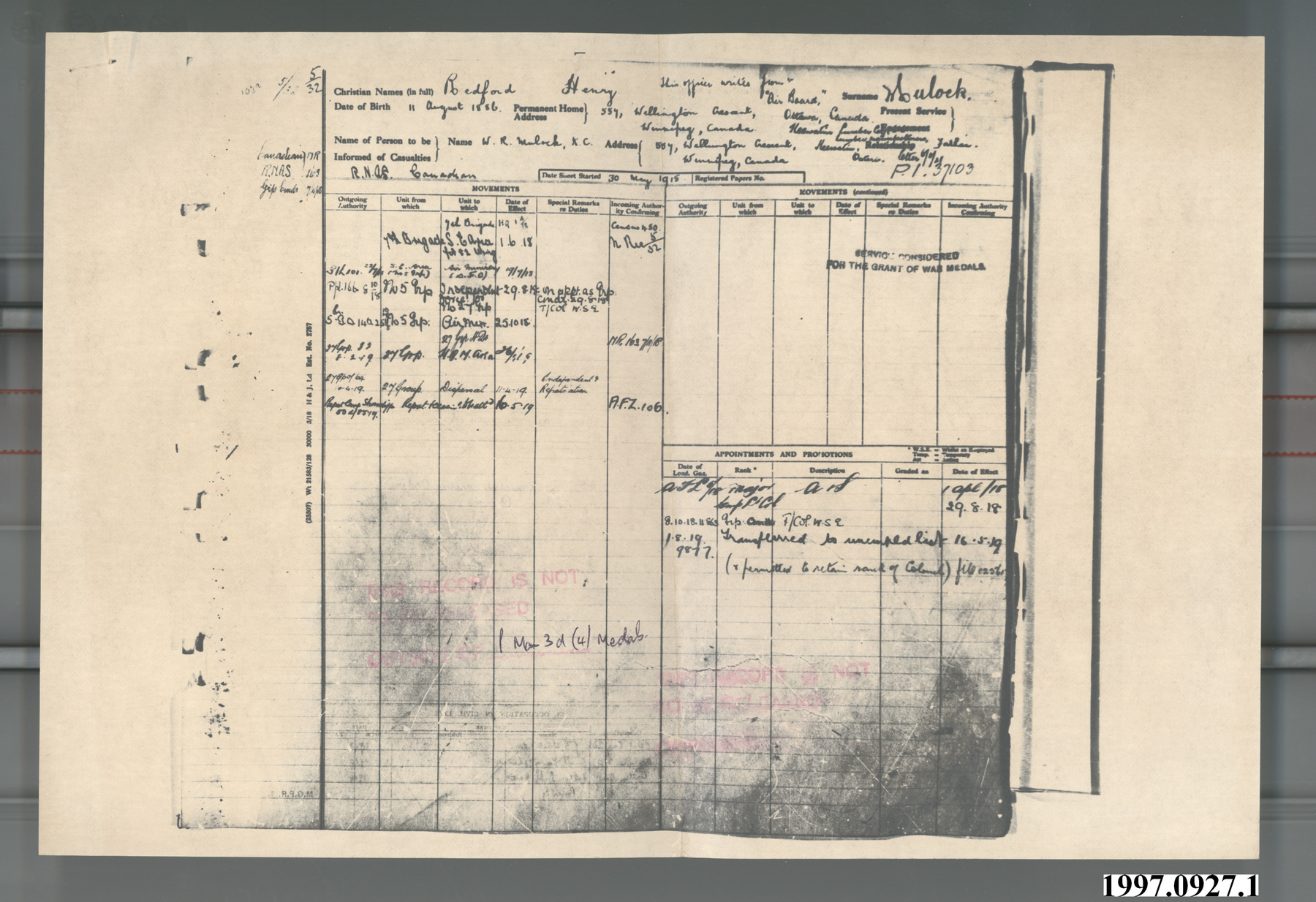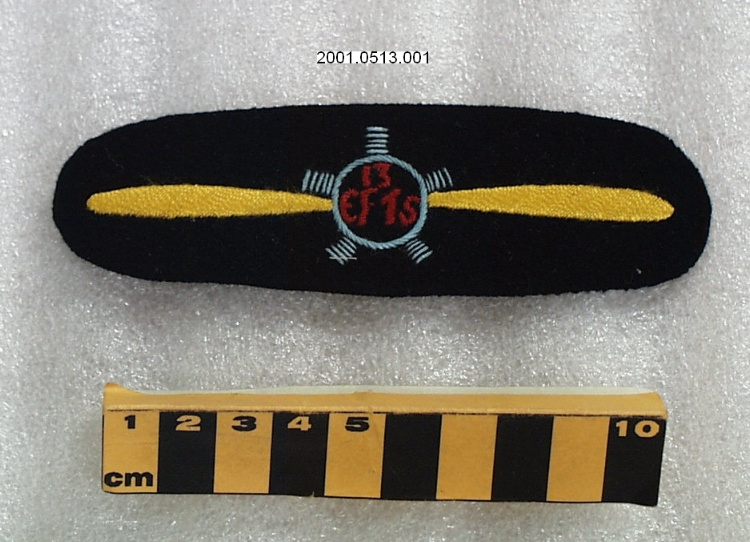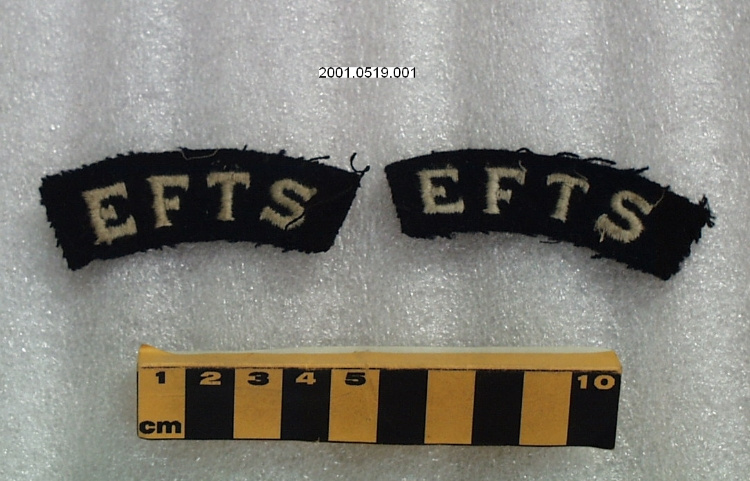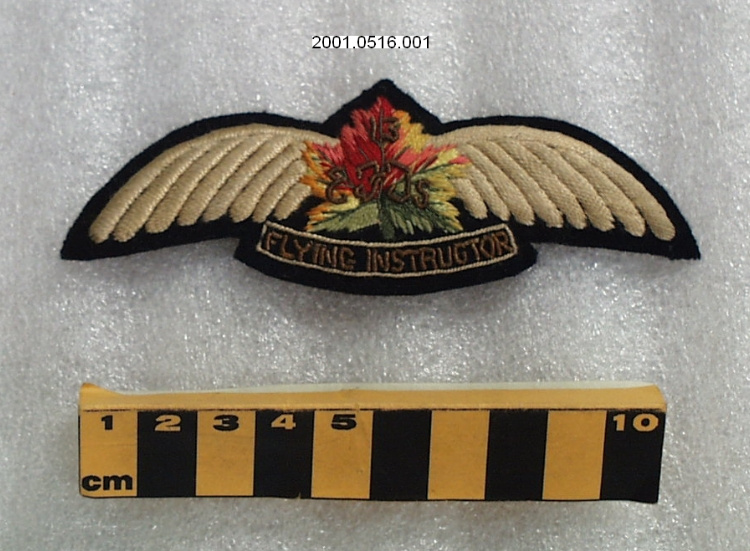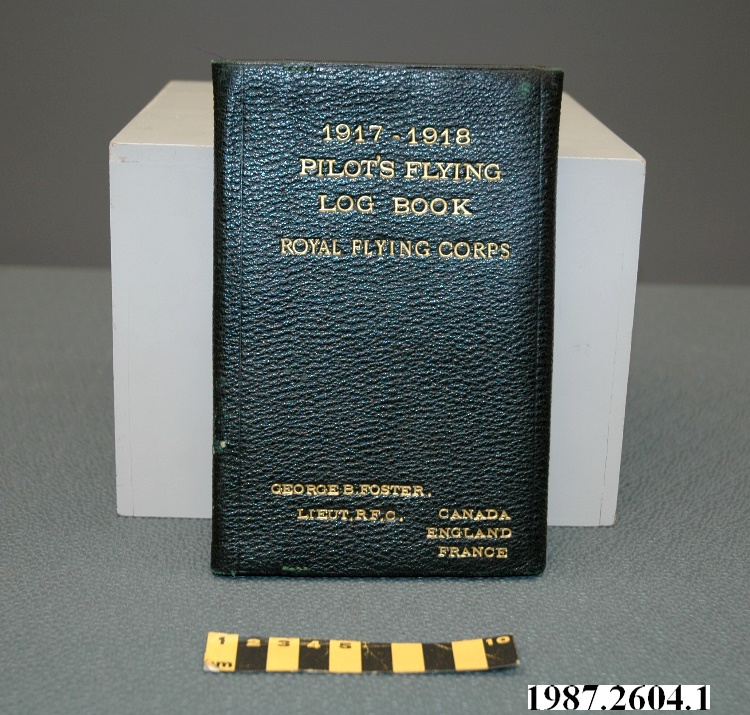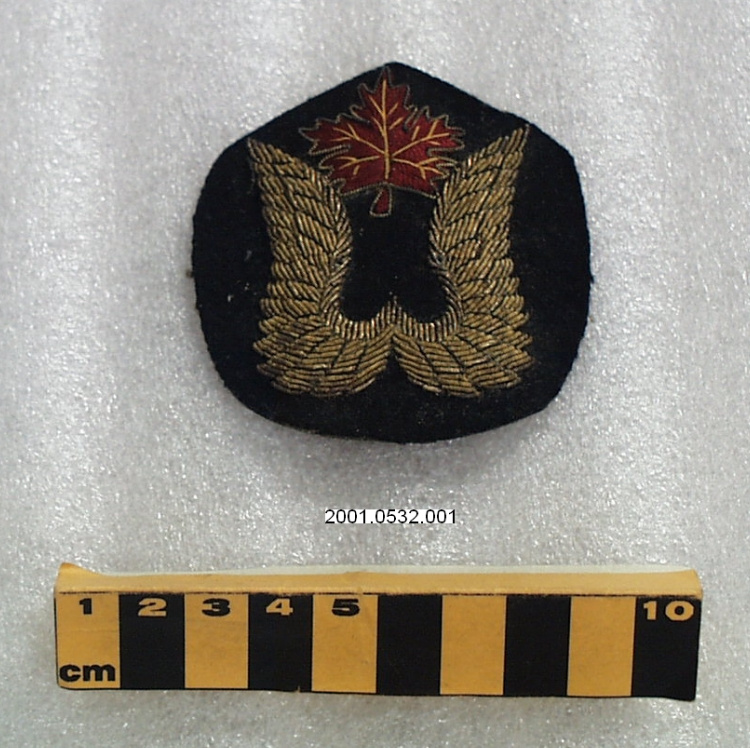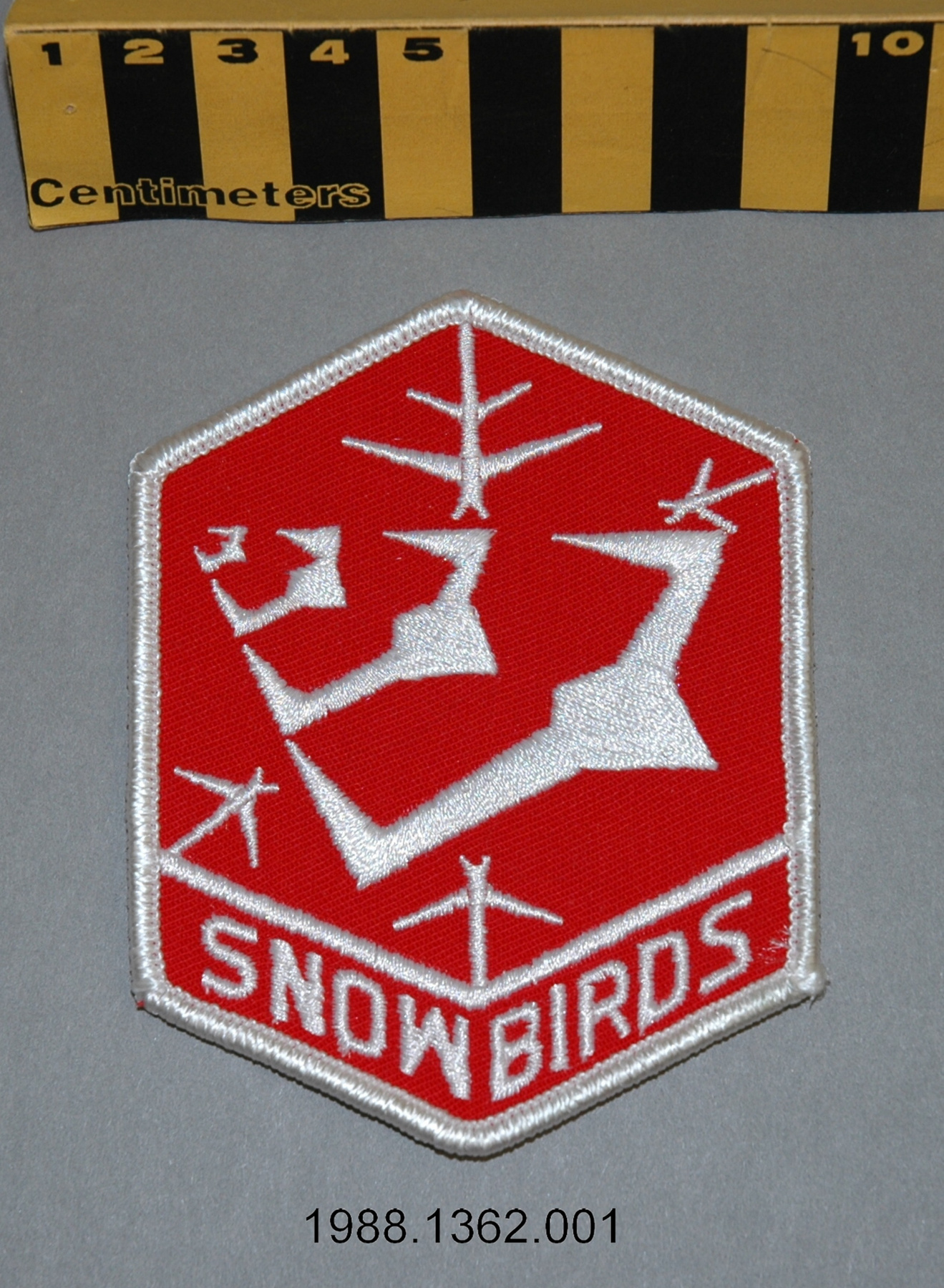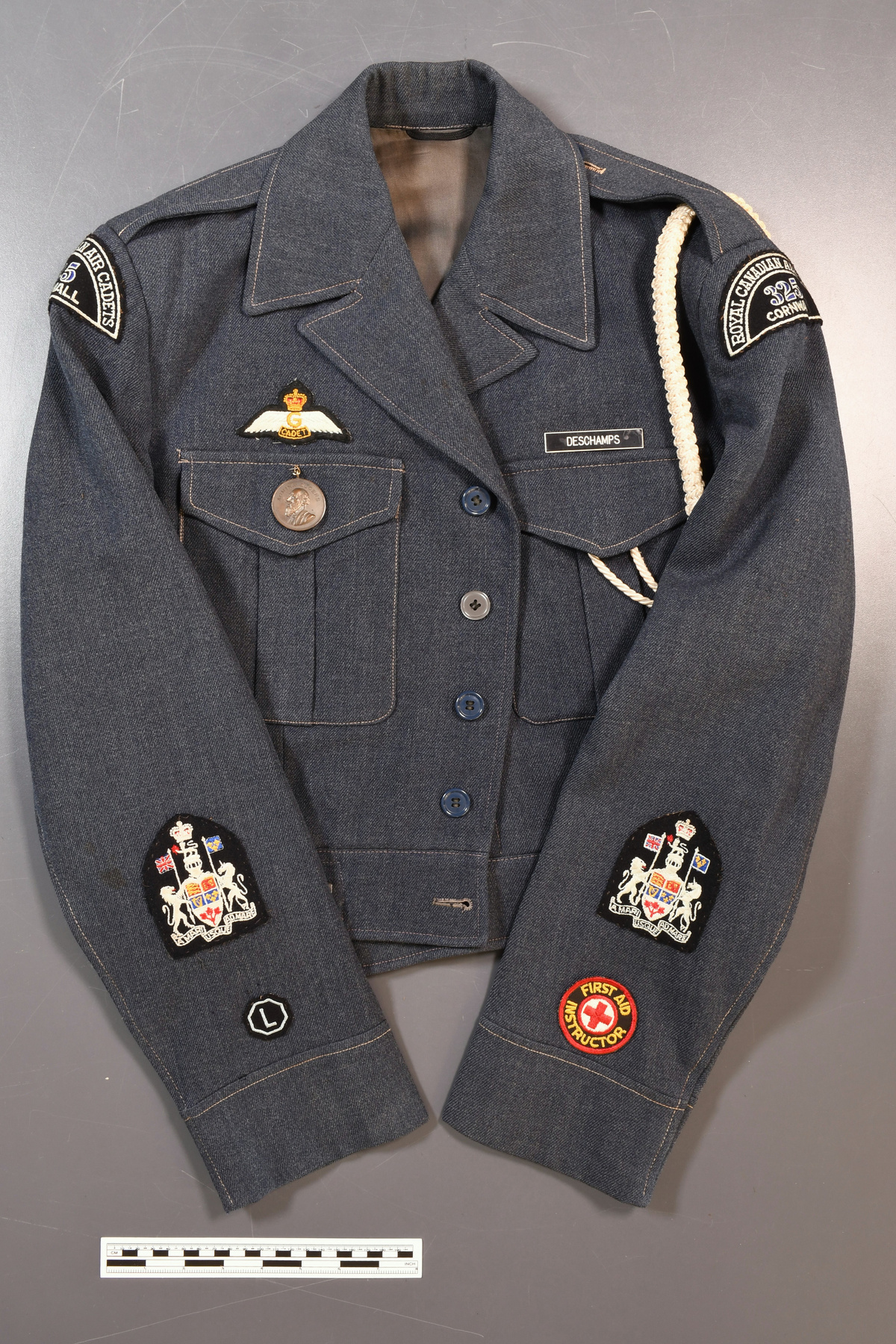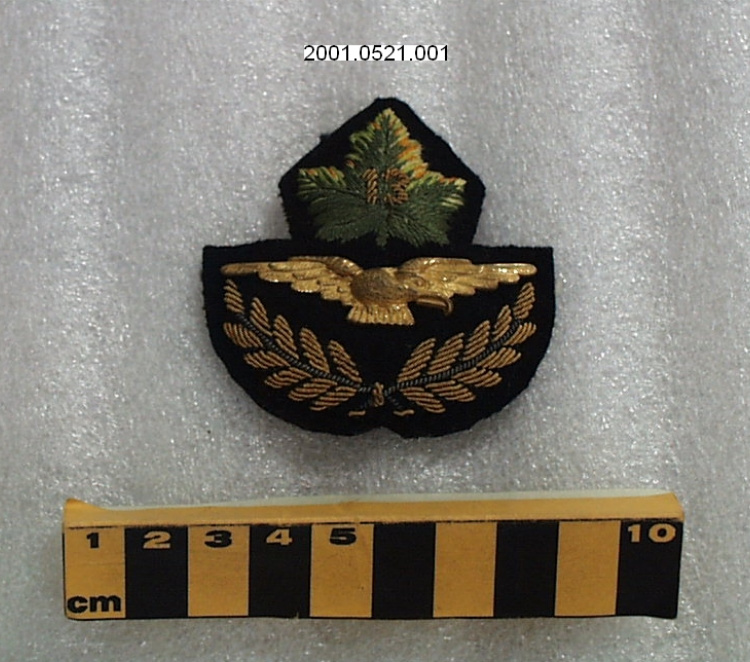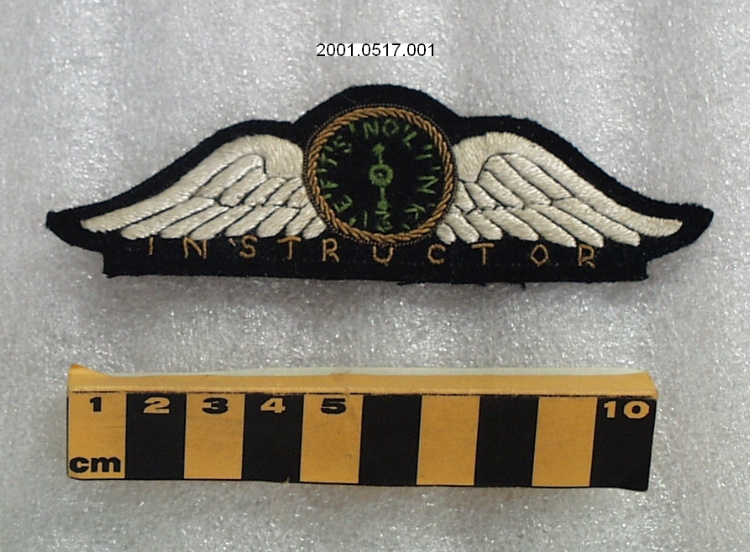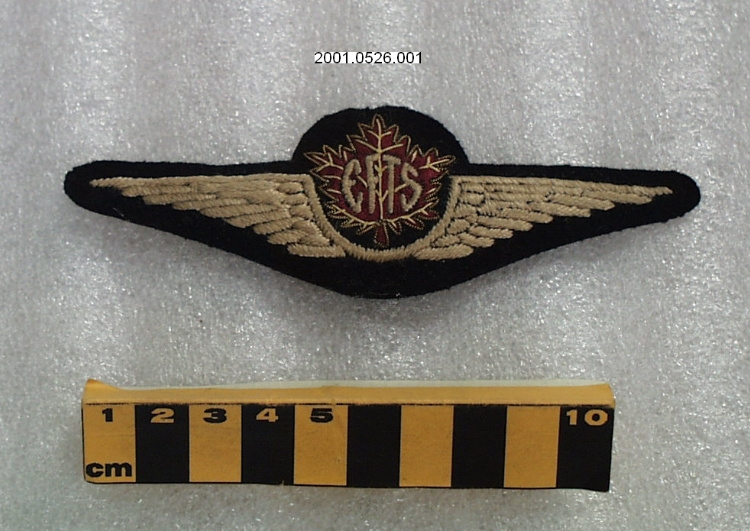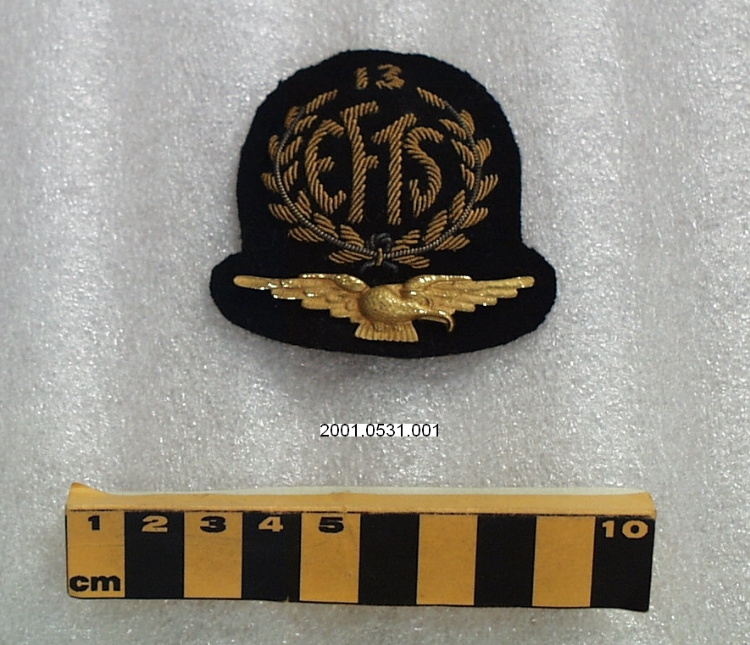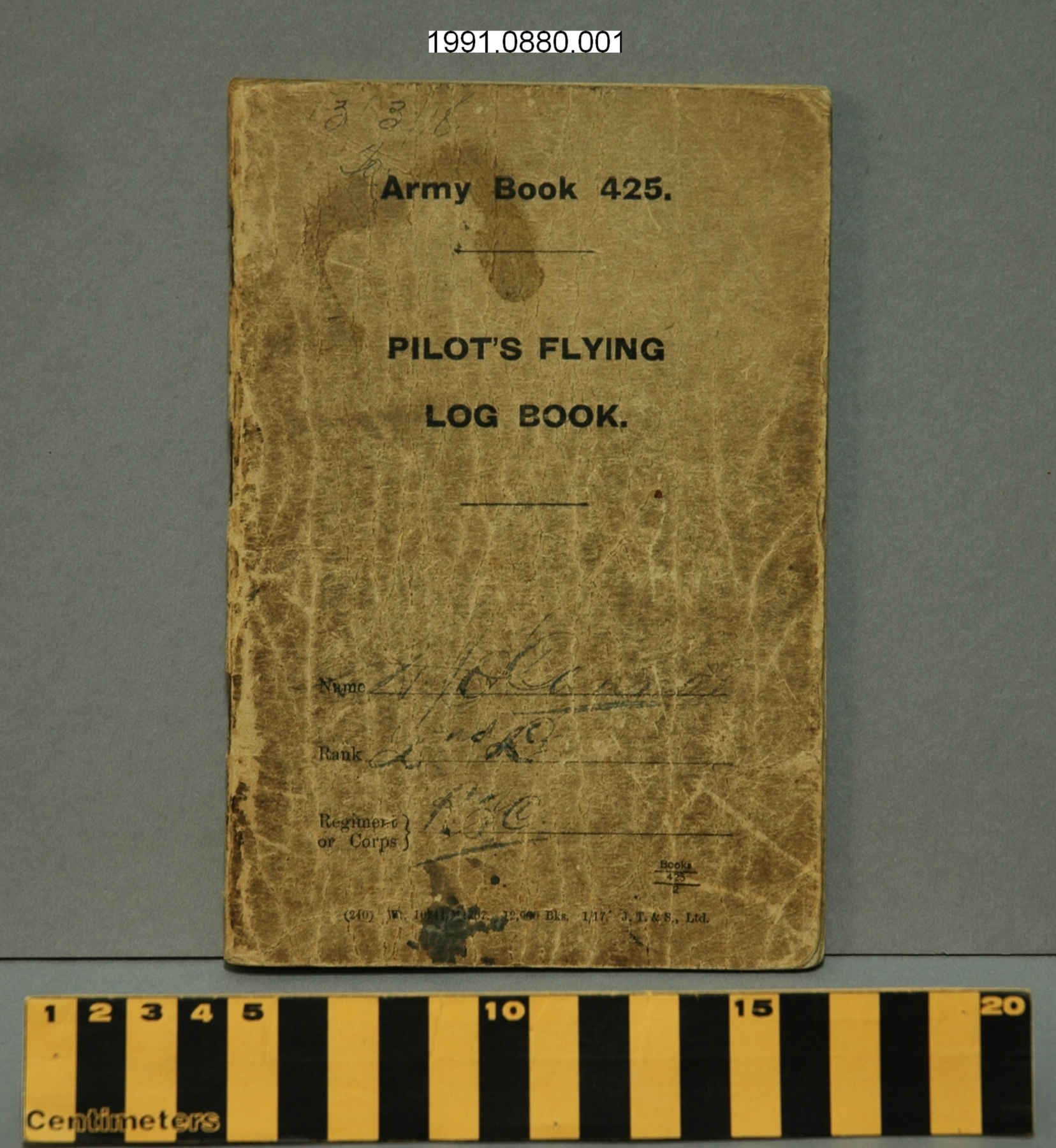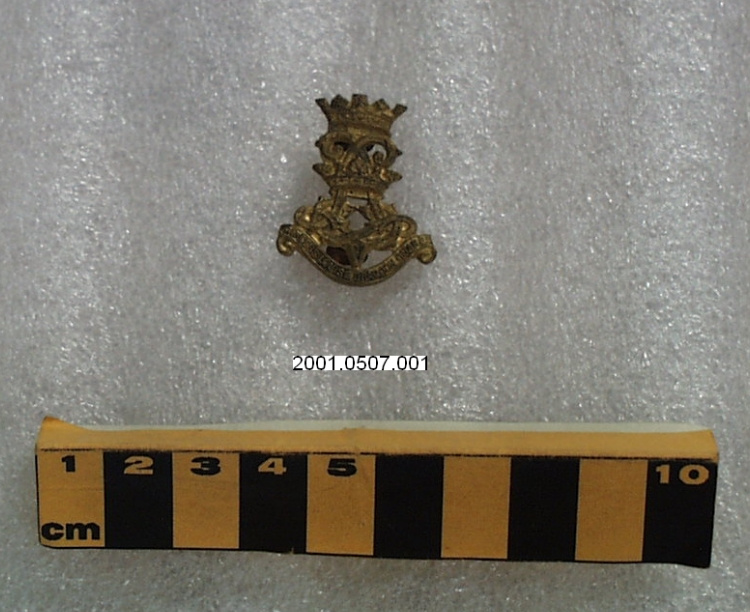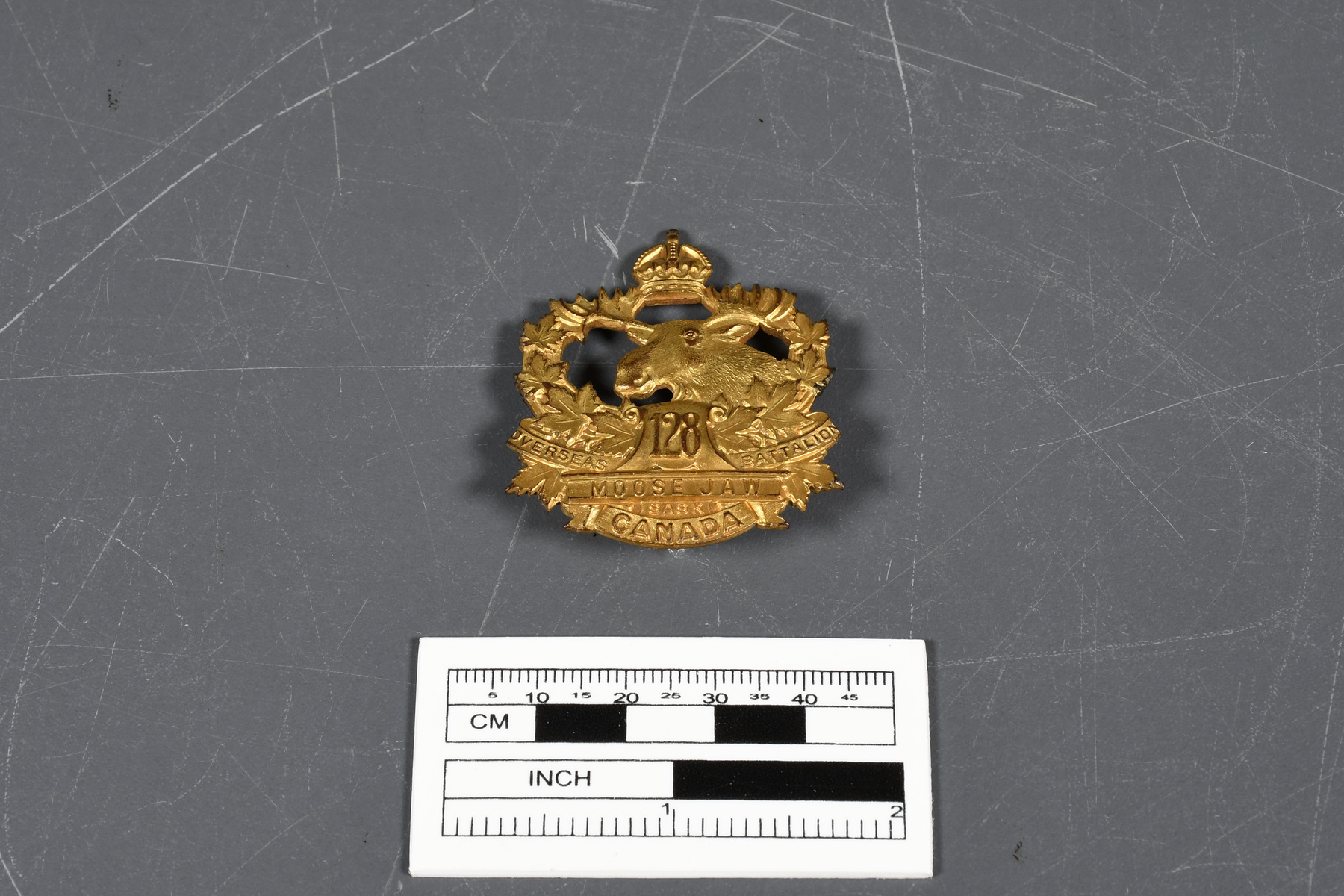Badge, uniform
Use this image
Can I reuse this image without permission? Yes
Object images on the Ingenium Collection’s portal have the following Creative Commons license:
Copyright Ingenium / CC BY-NC-ND (Attribution-NonCommercial 4.0 International (CC BY-NC 4.0)
ATTRIBUTE THIS IMAGE
Ingenium,
2010.1481.001
Permalink:
Ingenium is releasing this image under the Creative Commons licensing framework, and encourages downloading and reuse for non-commercial purposes. Please acknowledge Ingenium and cite the artifact number.
DOWNLOAD IMAGEPURCHASE THIS IMAGE
This image is free for non-commercial use.
For commercial use, please consult our Reproduction Fees and contact us to purchase the image.
- OBJECT TYPE
- military/WWI
- DATE
- 1913
- ARTIFACT NUMBER
- 2010.1481.001
- MANUFACTURER
- Unknown
- MODEL
- Unknown
- LOCATION
- Unknown
More Information
General Information
- Serial #
- N/A
- Part Number
- 1
- Total Parts
- 1
- AKA
- N/A
- Patents
- N/A
- General Description
- Metal.
Dimensions
Note: These reflect the general size for storage and are not necessarily representative of the object's true dimensions.
- Length
- 4.0 cm
- Width
- 4.0 cm
- Height
- 3.5 cm
- Thickness
- N/A
- Weight
- N/A
- Diameter
- N/A
- Volume
- N/A
Lexicon
- Group
- Aviation
- Category
- Clothing
- Sub-Category
- N/A
Manufacturer
- AKA
- Unknown
- Country
- Unknown
- State/Province
- Unknown
- City
- Unknown
Context
- Country
- Canada
- State/Province
- Unknown
- Period
- During and after the First World War.
- Canada
-
The individual to whom this artifact belonged was Selwyn Thompson “Sel” Franks (1899-1985). He was born on September 21st, 1899, in Weston, Ontario. His family moved to Regina, Saskatchewan, between 1907 and 1908. He attended the Regina Collegiate Institute, the city’s first high school. According to family lore, Franks enlisted in the British Army’s air service, the Royal Flying Corps, in 1916. After completing high school, he left for his initial training at the University of Toronto. During the winter of 1917 to 1918, he was one of the many trainees who went to Texas, near Fort Worth, to continue his training. Franks obtained his pilot qualification badge in early 1918. After a brief visit in Regina in March, Franks sailed toward the United Kingdoms, where he arrived in April. Once there, the young officer, either second lieutenant or lieutenant, received further training. In August of 1918, Franks crossed into France where he was assigned to a bomber unit, the No. 49 Squadron, in the Royal Air Force. Franks took part in a number of missions, or sorties, both low-level ones near the front and high-level ones further behind enemy lines. Franks kept on flying until the Armistice. At some point thereafter, the No. 49 Squadron was sent to a French village near the Belgian border, then to a town in Germany. The unit stayed there until July 1919, when it was disbanded. Franks himself was already home by then, as he had apparently arrived in Regina on May 1st, 1919. The presence of four Canadian Air Force (CAF) buttons and a CAF cap badge in the donation could indicate that Franks was transferred to this service, at least on paper, at some point between its authorization in August and September of 1918, and the disbandment of its two squadrons in the United Kingdoms in January and February of 1920. Franks was a member of the 1923 class of the University of Toronto’s Faculty of Applied Science and Engineering. This being said, a burst appendix delayed his graduation as an electrical engineer until 1924. His brother, Wilbur Rounding Franks (1901-1986), is the gentleman who, during the Second World War, developed a G-suit, a special type of flying suit for pilots designed to reduce the impact of tight turns in aerial combat. The Franks G-suit was one of a few developed by Allied countries during the Second World War. - Function
-
A badge used to identify the wearer as being part of the 249th infantry battalion as part of the Canadian Expeditionary Force. - Technical
-
Unknown - Area Notes
-
Unknown
Details
- Markings
- Lettering on front reads: “128/OVERSEAS BATTALION/MOOSE JAW/SASK/CANADA”; lettering debossed on back reads: “[…]INGLIS/[…]ITED”.
- Missing
- The artifact is missing its fastener.
- Finish
- Gold coloured metal.
- Decoration
- Cast decorative design composed of the head of a moose, ten maple leaves, a crown, and three banners.
CITE THIS OBJECT
If you choose to share our information about this collection object, please cite:
Unknown Manufacturer, Badge, uniform, after 1913, Artifact no. 2010.1481, Ingenium – Canada’s Museums of Science and Innovation, http://collection.ingeniumcanada.org/en/id/2010.1481.001/
FEEDBACK
Submit a question or comment about this artifact.
More Like This
